From the infamous Diptyque candle to the cult-classic Santal 33 Le Labo fragrance, there are certain products that have grown to become consistent identifiers of affluence, luxury, and an aspirational lifestyle. If you walk into any bathroom of a five-star hotel or highly rated restaurant, chances are they will have a bottle of Aesop hand soap or similar alternatives from brands like Le Labo, Malin + Goetz, or Byredo. Call it overdone or unoriginal, but luxury brands of the likes of Aesop have solidified their status as highly consistent symbols of a lavish, wealthy lifestyle.
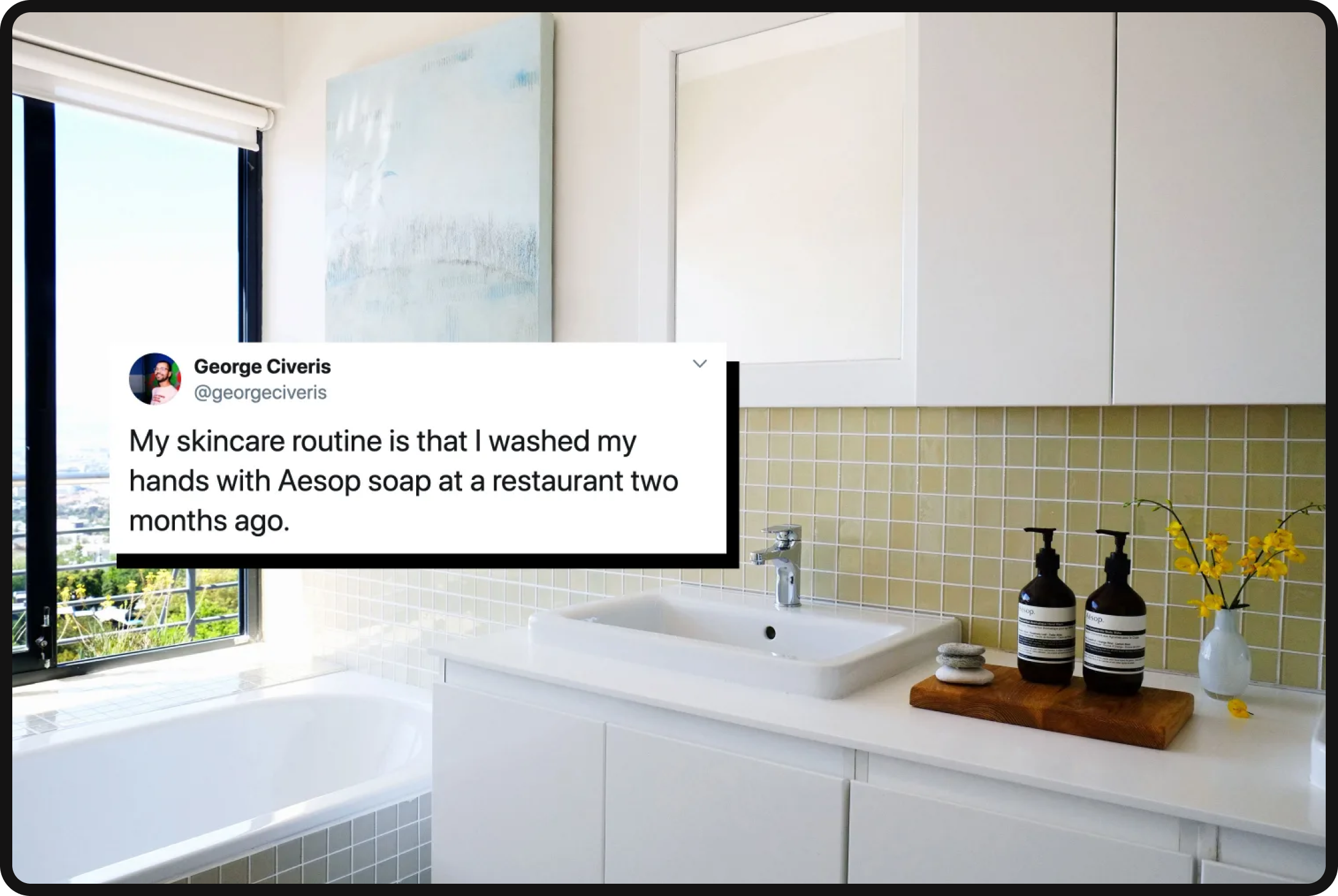

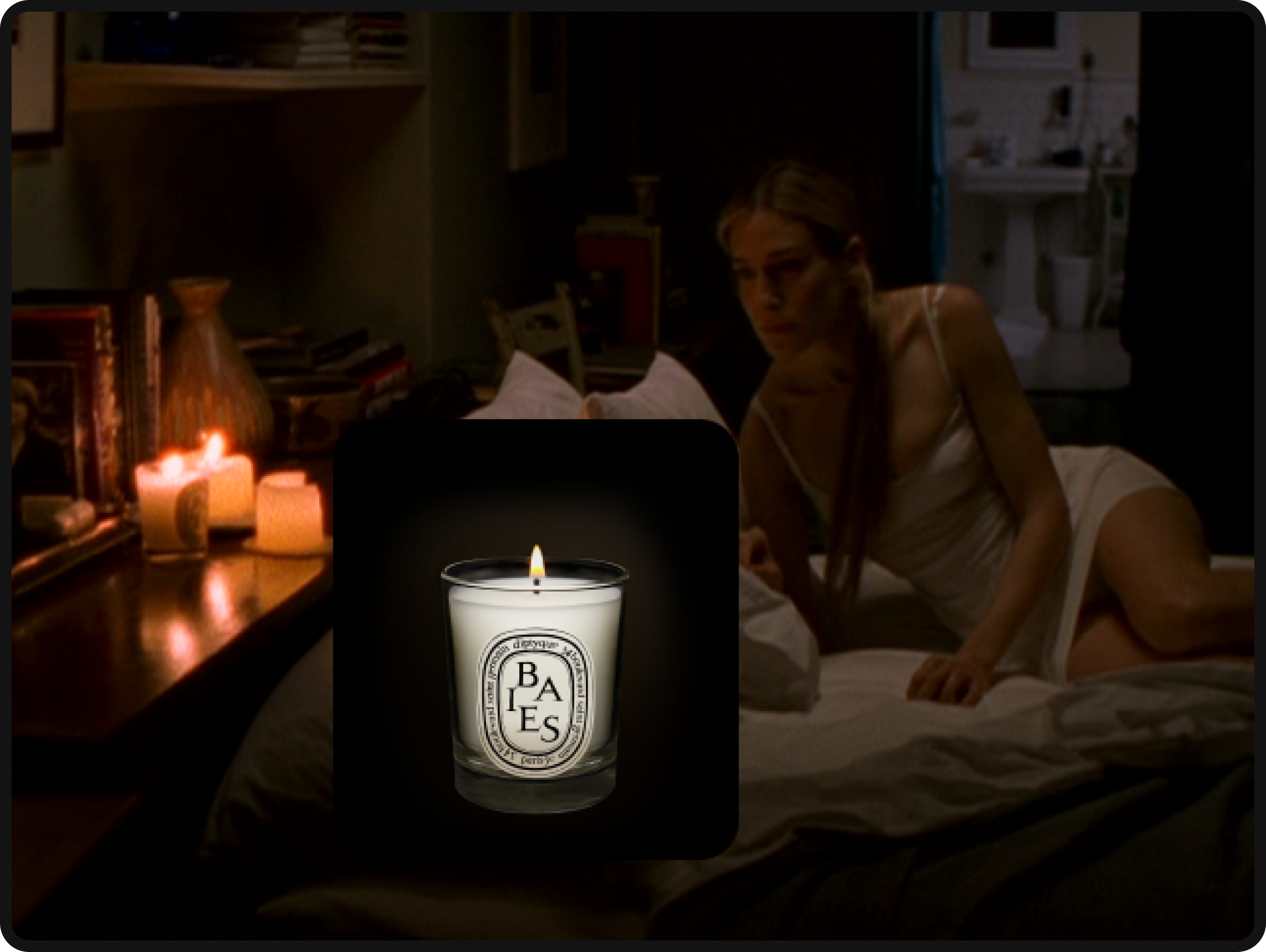
What makes these brands such strong status symbols, and how exactly did they rise to the power they hold in terms of luxury consumer spending? Let’s chart the luxury strategies and tactics behind effective luxury brand marketing and explore exactly what the best-in-class brands are doing to secure their monopoly over the minds (and wallets) of affluent consumers.
What is luxury brand marketing?
Luxury brand marketing is a strategic approach that aims to position products or services as superior and exclusive. It involves a meticulous blend of tradition and innovation to create a brand identity that resonates with a discerning audience. Key elements include precise communication, an unwavering commitment to quality, and a deep understanding of the target market. In essence, it’s about more than just selling a product; it’s about selling an aspirational lifestyle. Successful luxury brand marketing creates a lasting impression, emphasizing not just ownership but the unique experience of exclusivity and refinement.
What are the 7 pillars of luxury?
A luxury brand’s standing is often measured by the strength and resonance of its pillars—the foundational principles that define its essence and distinguish it in the market. The seven pillars of luxury encapsulate the core values that elevate a brand beyond the ordinary, shaping its identity and appeal.
1. Craftsmanship and excellence
At the heart of luxury lies an unwavering commitment to craftsmanship and excellence. Whether it’s fashion, watches, or automobiles, a luxury brand is synonymous with meticulous attention to detail and the pursuit of perfection in every aspect of its creation.
2. Heritage and tradition
The second pillar rests on the foundation of heritage and tradition. Luxury brands often boast a rich history, drawing on time-honored practices that contribute to their authenticity. This legacy not only signifies a brand’s endurance but also adds a layer of cultural and historical significance.
3. Exclusivity and rarity
The allure of luxury is inseparable from the principles of exclusivity and rarity. Limited editions, bespoke creations, and unique offerings create a sense of scarcity, positioning the brand and its products as highly coveted and accessible to only a select few.
4. Innovation and modernity
While tradition is revered, luxury brands must also embrace the fourth pillar—innovation and modernity. The ability to seamlessly blend timeless elegance with contemporary trends ensures a brand’s relevance and appeal across generations.
5. Brand identity and recognition
The fifth pillar underscores the importance of a strong brand identity. Recognizable logos, distinctive packaging, and consistent messaging contribute to a brand’s ability to carve a lasting space in the consumer’s mind, fostering trust and loyalty.
6. Customer experience and personalization
Luxury extends beyond the product—it encompasses the entire customer experience. Exceptional service, personalized interactions, and a focus on customer satisfaction elevate the brand from being a mere commodity to a provider of exclusive and memorable experiences.
7. Sustainability and ethical practices
In today’s eco-conscious and purpose-driven consumer landscape, a seventh pillar has gained prominence—sustainability and ethical practices. Luxury brands are increasingly expected to demonstrate a commitment to environmental responsibility and ethical sourcing, aligning with the values of a socially conscious clientele.
These seven pillars collectively form the backbone of luxury, guiding brands in their pursuit of timeless distinction and enduring allure. Each pillar is a testament to the brand’s dedication to quality, authenticity, and a commitment to shaping not just products, but a lifestyle and legacy that transcends time.
What are the 4 P’s of luxury marketing?
Luxury is often tied to a high price point — but expert marketers know that building a brand that truly embodies the concept of luxury is so much more than an expensive price tag. Below is an outline of the 4 P’s (product, price, place and promotion) of luxury marketing, as well as an explanation on how each element contributes to an overall image of prestige that luxury brands often strive to portray.
- Product: The essence of luxury
Luxury products are the epitome of craftsmanship, quality, and exclusivity. They embody exceptional design, attention to detail, and the finest materials. Luxury brands invest heavily in research and development to create products that evoke desire and admiration. They often emphasize limited editions, customization options, and unique features that set them apart from mass-market alternatives. The product itself becomes a statement of luxury, representing a lifestyle and social status.
For Le Labo, product quality is so important that it serves as their brand motto: “the future of luxury resides in workmanship”. While traditional competitors within their space offered products that were mass-produced and widely accessible, Le Labo took a more local and focused approach — creating products that were sometimes only available in specific locations and were hand mixed to order. Le Labo embraces a meticulously crafted product approach, offering a curated selection of ambient room scents and essential perfumes. At every Le Labo standalone store and counter, customers can explore a range of nine carefully crafted ambient room scents and 18 essential perfumes.
This deliberate limitation ensures that each scent represents the pinnacle of craftsmanship and attention to detail. Furthermore, Le Labo adds an element of exclusivity by introducing 13 unique scents that are exclusively available in specific locations that served as their inspiration. For example, the captivating fragrance Vanille 44 can only be found in Paris, while Tokyo and New York boast their own distinctive scents. By linking these fragrances to their respective locations, Le Labo creates a sense of place-based storytelling and allows customers to experience the essence of these vibrant cities through scent.
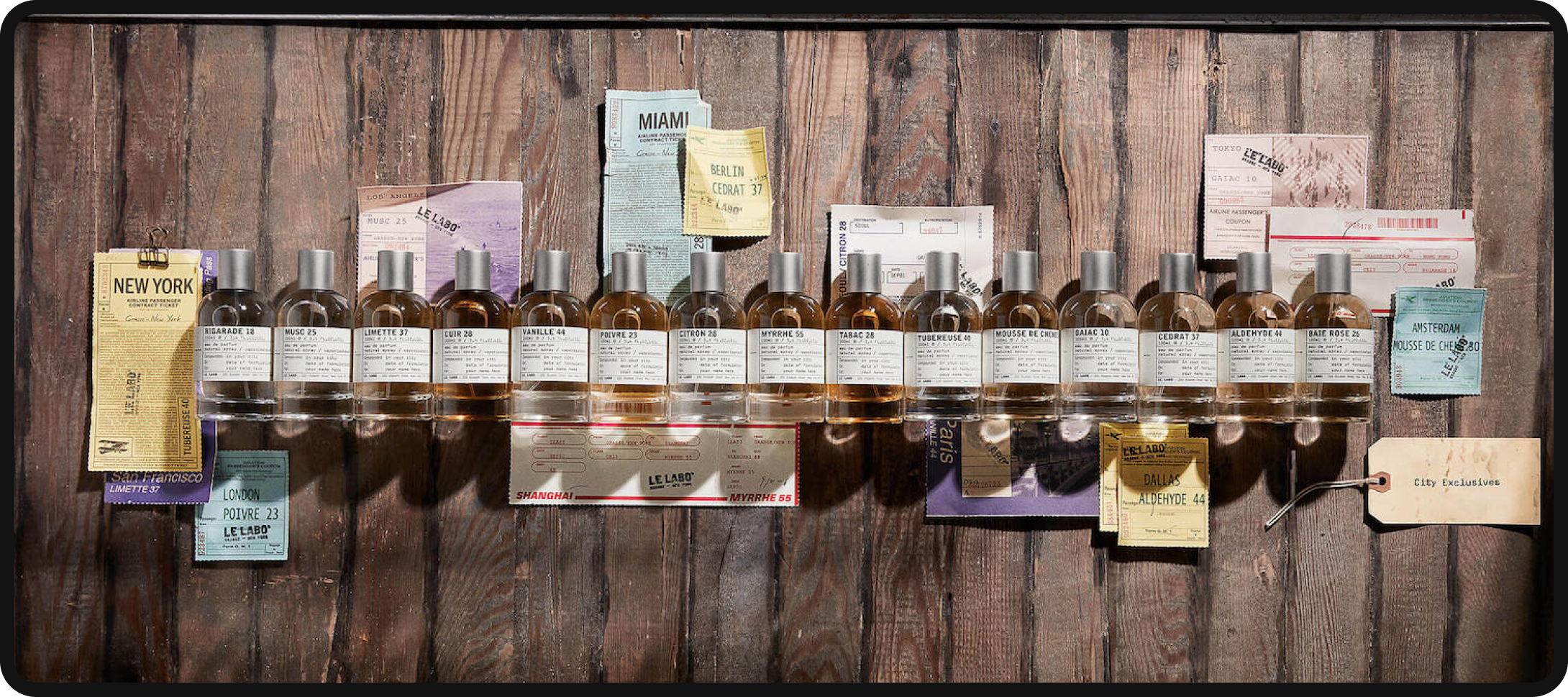
- Price: the value of exclusivity & quality craftsmanship
Pricing in luxury marketing goes beyond mere cost recovery—it plays a vital role in creating perceptions of exclusivity and desirability. Luxury brands command premium prices to maintain an aura of luxury and to cater to a niche, affluent consumer base. The high price tag signifies superior quality, craftsmanship, and scarcity, reinforcing the brand’s aspirational appeal. Luxury pricing strategies may include skimming (setting high initial prices), value-based pricing (aligning price with perceived value), and prestige pricing (setting prices above competitors to convey exclusivity).
- Promotion: the art of crafting desire
Promotion in luxury marketing focuses on creating desire and emotional connections with consumers. Luxury brands employ sophisticated storytelling techniques to convey the brand’s heritage, craftsmanship, and values. They leverage various marketing channels, including print and digital media, experiential events, and collaborations with influential figures and tastemakers. Luxury promotions often emphasize the aspirational aspects of owning their products, appealing to consumers’ desires for status, self-expression, and belonging to an exclusive community.
- Place: strategic distribution
The distribution of luxury goods requires careful consideration to maintain brand integrity and exclusivity. Luxury brands often establish flagship stores in prime locations to create immersive and distinctive brand experiences. These stores serve as physical embodiments of the brand’s identity and provide a platform for personal interaction with customers. Additionally, luxury brands carefully select retail partners, ensuring alignment with their brand image and standards. They may also explore e-commerce platforms, balancing accessibility and convenience while still maintaining a sense of exclusivity.
Aesop is a leading example of what it means to use retail stores as “physical embodiments of the brand’s identity”. In fact, because Aesop rarely engages in media advertising, most of their promotional marketing efforts rely on word-of-mouth and the strong visual identity created through its various stories. Aesop maintains direct control over its 300+ stores across the globe — none of which look the same! — and they work with local architects on the design for each new store to ensure its uniqueness. For example, Aesop collaborated with local artisans skilled in the construction of traditional Hanok houses to build their store in Seoul, and Aesop’s Duke of York Square in London draws inspiration from the captivating opening scenes of James Bond films.
Every store is a physical manifestation of the message Aesop is trying to convey and becomes a crucial touchpoint where customers can see, hear, touch, and smell the brand. Aesop also builds its brand image through exposure in cultural spaces and environments that consumers typically associate with luxury (e.g. five star hotels, high-end restaurants, etc.), as 38% of customers listed “restrooms of cafes or restaurants” as places other than Aesop stores where they’ve seen Aesop products. When their products are seen in a palace where people like to be, a synergy is created that associates the brand with the concept of luxury itself.
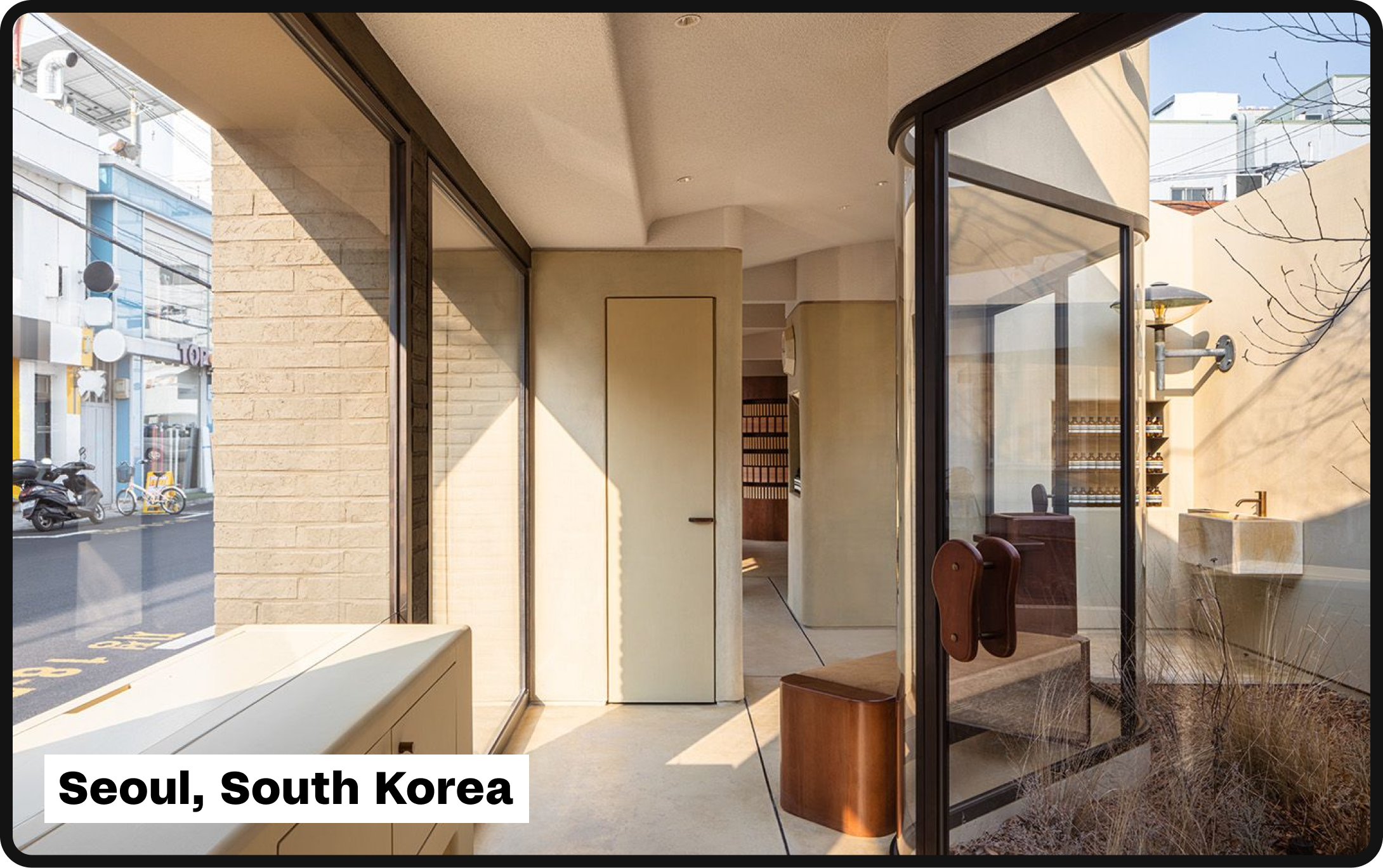
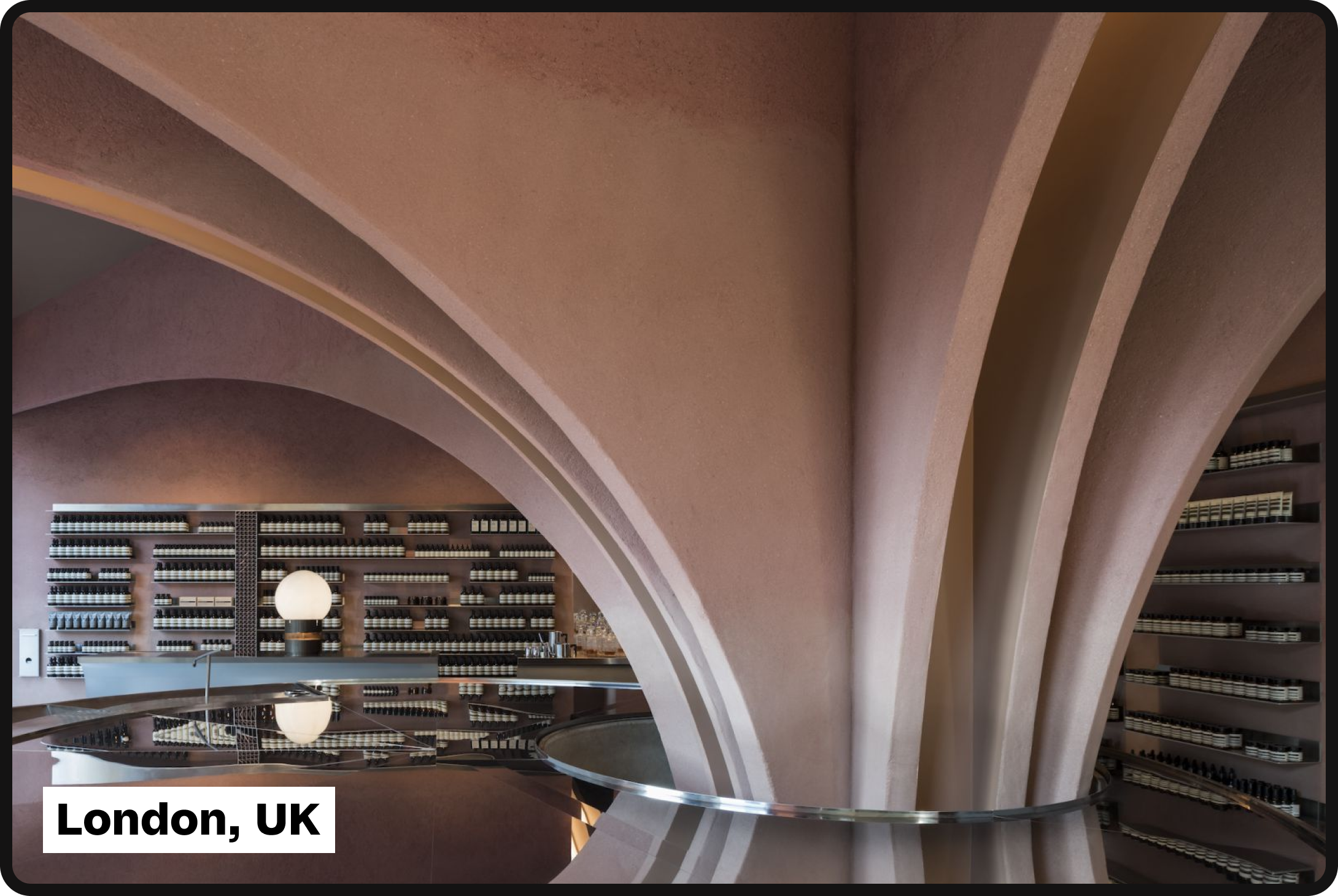
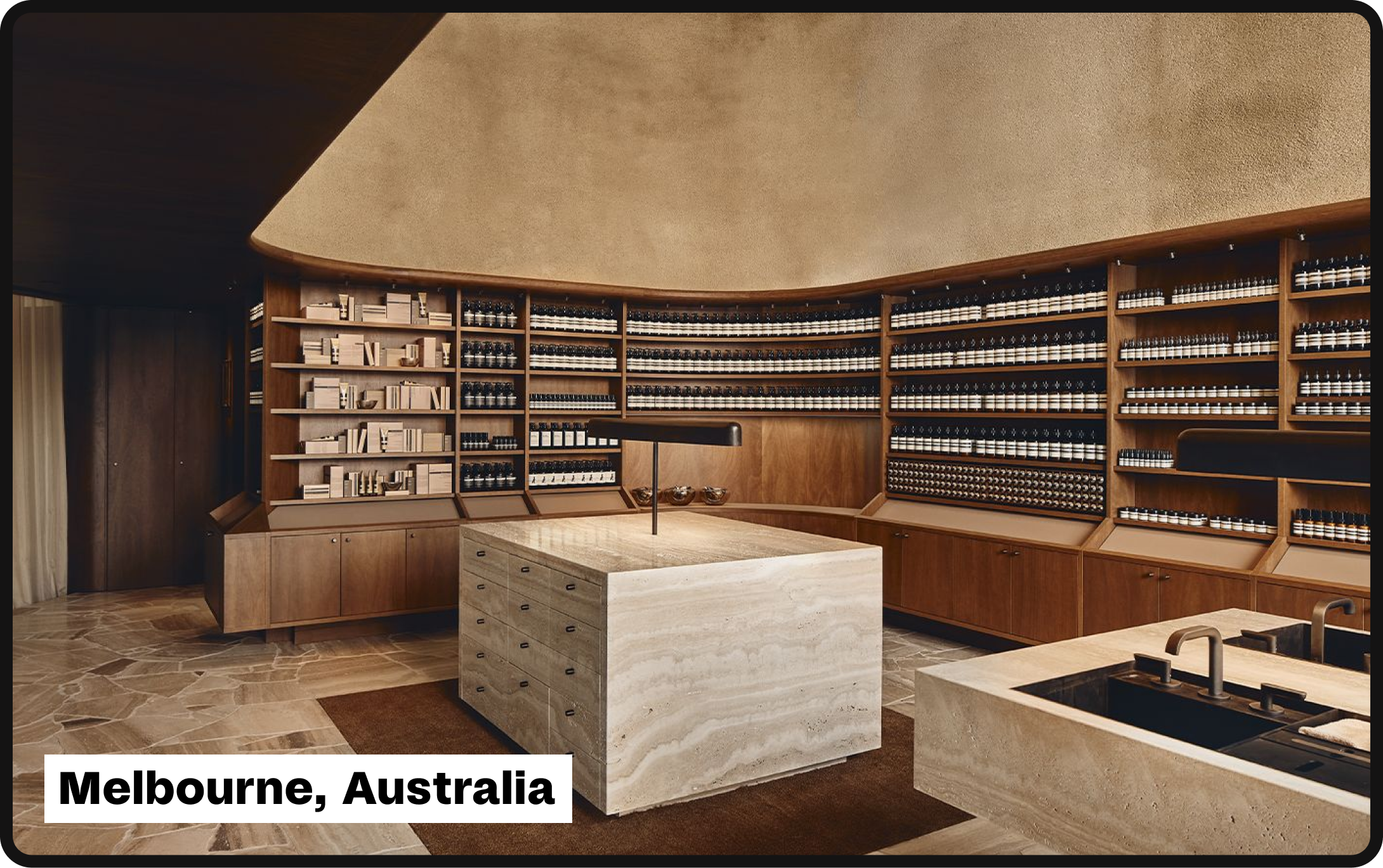
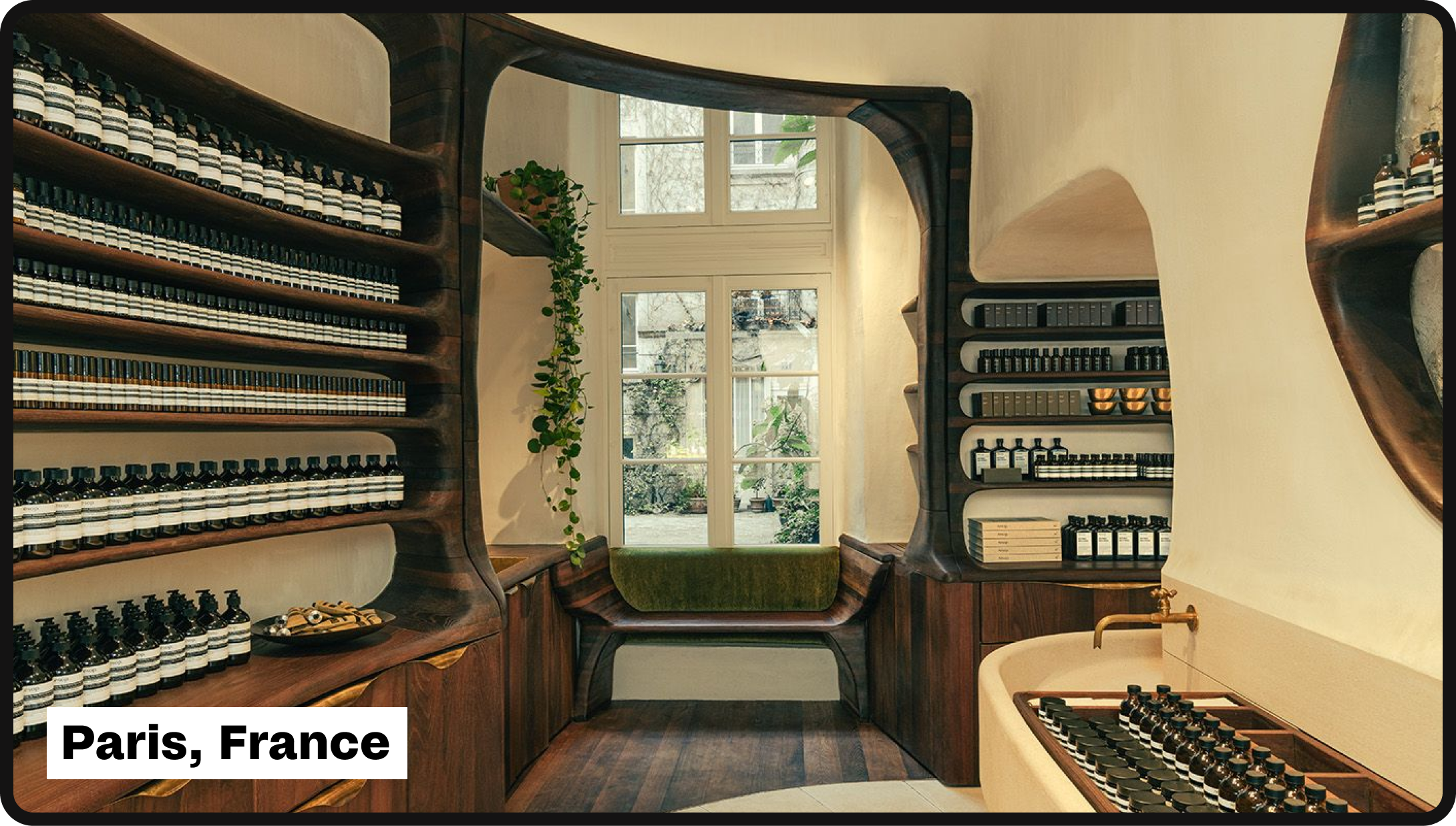
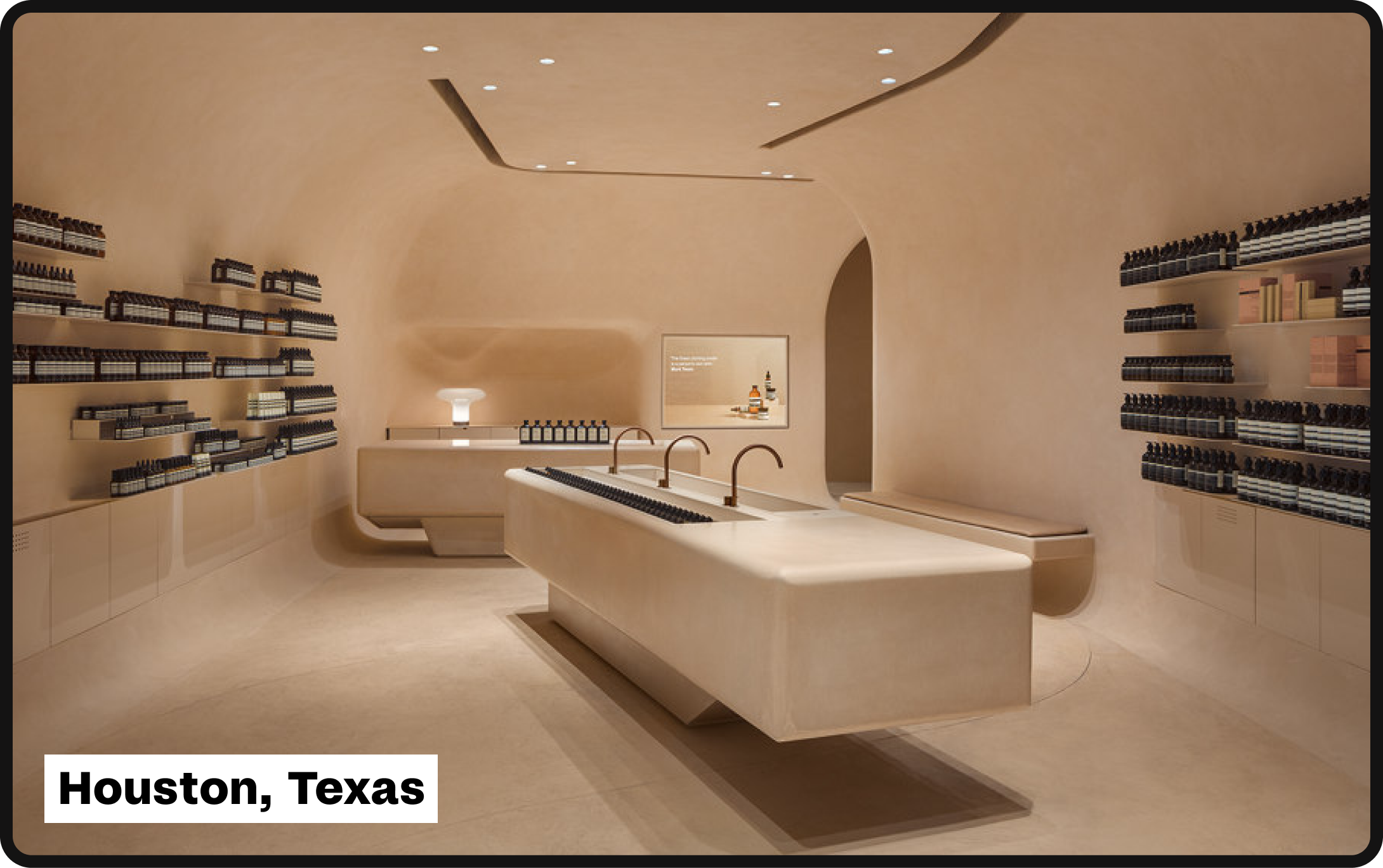
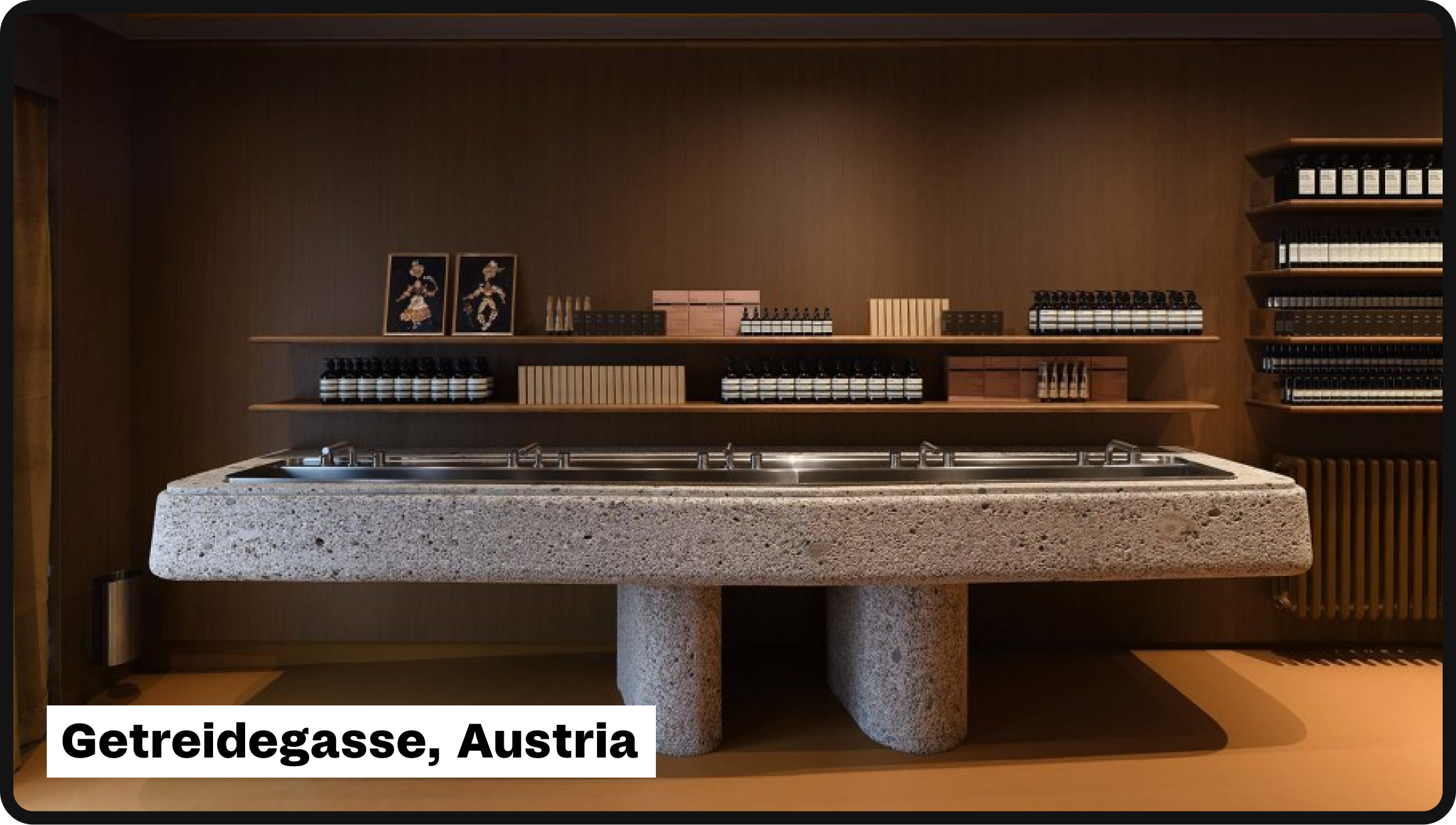
By understanding and effectively managing the 4 Ps of luxury marketing, brands can create a compelling and aspirational brand image, cultivate strong customer relationships, and sustain their position in the luxury market.
How do you market a luxury brand successfully?
Marketing a luxury brand successfully requires more than just understanding the 4 Ps, it demands a deep appreciation for the nuances of luxury consumer behavior, an unwavering commitment to brand integrity, and a relentless pursuit of excellence at every touchpoint. Although the luxury brand market is constantly changing and evolving with new developments in technology and consumer behavior, several tried-and-true strategies have been consistently proven successful by many of today’s most prominent luxury brands: strategic partnerships, experiential marketing, and membership marketing. Let’s dive into how the best in the game make it happen.
Strategic partnerships and collaborations
Frama is a globally recognized luxury furniture & design brand based in Denmark, known for its emphasis on natural materials, simple geometries, and uncompromising quality. In addition to its standout products, Frama is exceptionally skilled in crafting what they call the “Frama Universe” — a collection of stories, interviews, and collaborations that serve to strengthen its brand ethos while broadening its audiences to complementary spaces outside of its existing consumer markets.
From in-depth interviews with artists and chefs, to cross-industry collaborations with galleries, wine bars and fashion retailers, Frama’s strategic partnerships is a testament to the immense impact of a brand when it is extended outside of its product offerings themselves. These partnerships allow Frama to tap into the expertise and creativity of these collaborators, infusing their brand with new perspectives and narratives that feed back into their development and growth as a brand. In a literal sense, partnerships with physical locations like restaurants and art galleries expose Frama to new target audiences that otherwise might not have known of the brand.
However, it is not mere exposure that Frama is looking for — it’s also the competitive advantage of being able to leverage the “halo effect” of other luxury brands or spaces that are leaders in their own respective industries. Much of luxury is built and curated through means of association, meaning that well-paired, well-executed partnerships in the realm of luxury brand marketing create a mutually-beneficial relationship that strengthens the shared values of each individual brand.
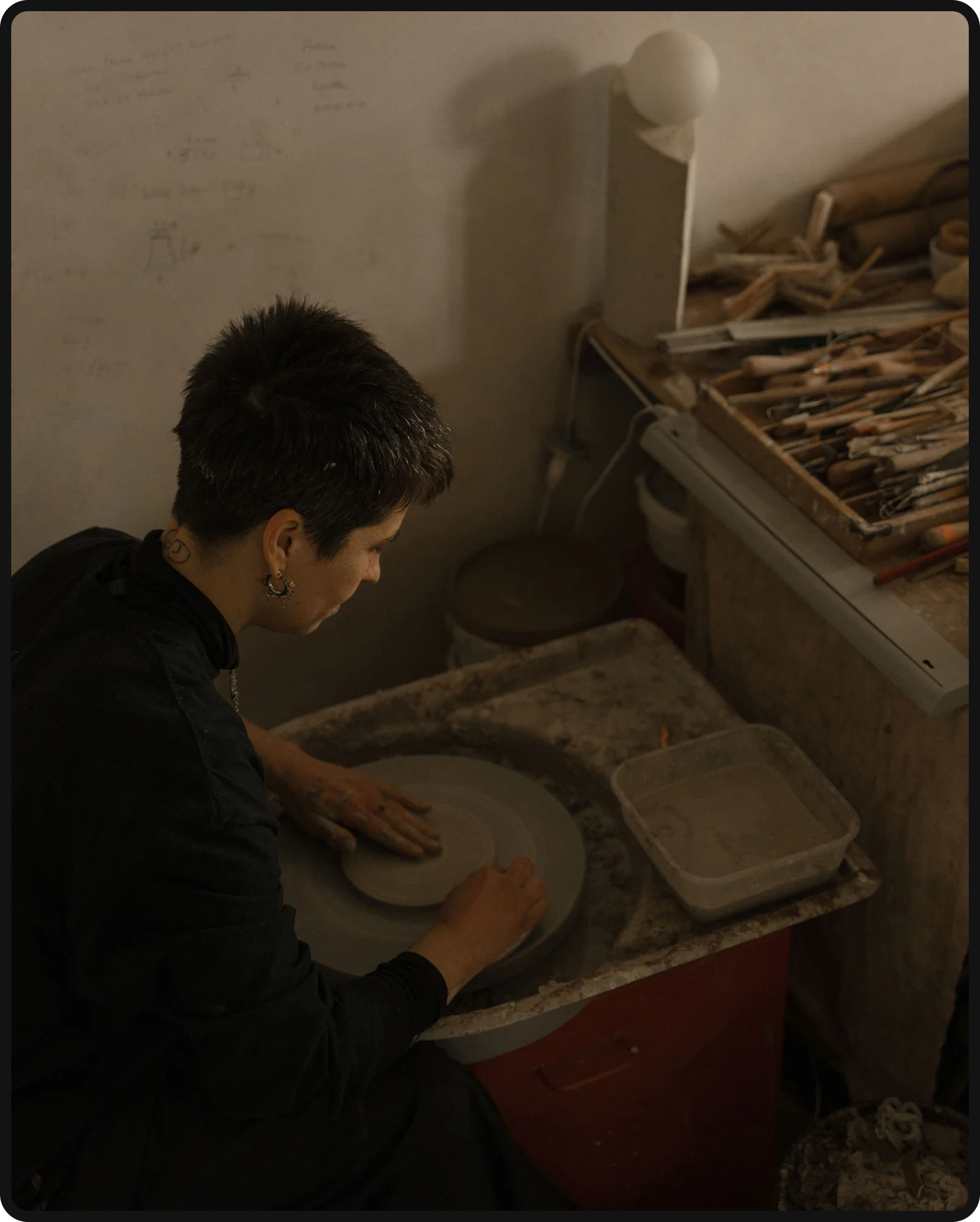
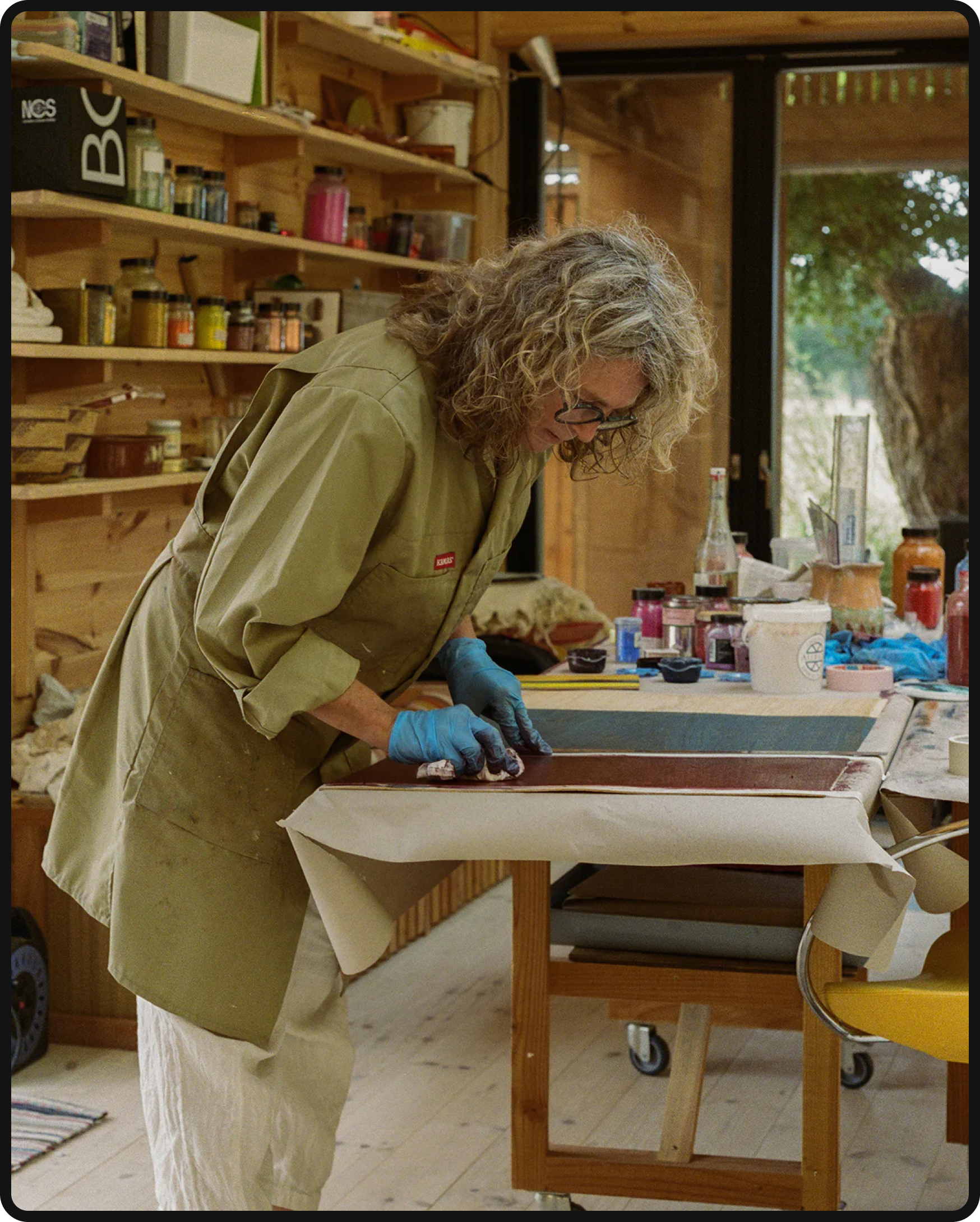
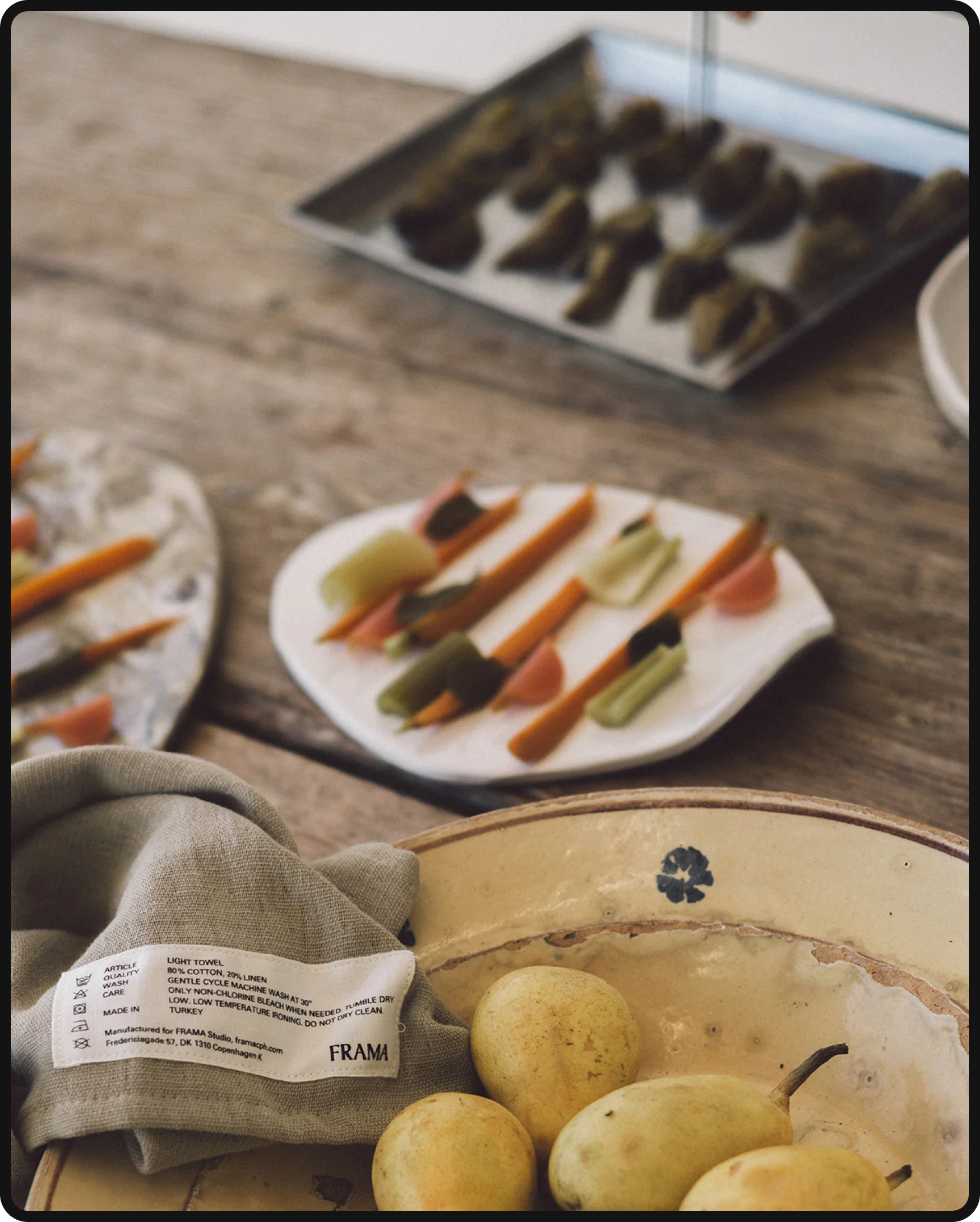
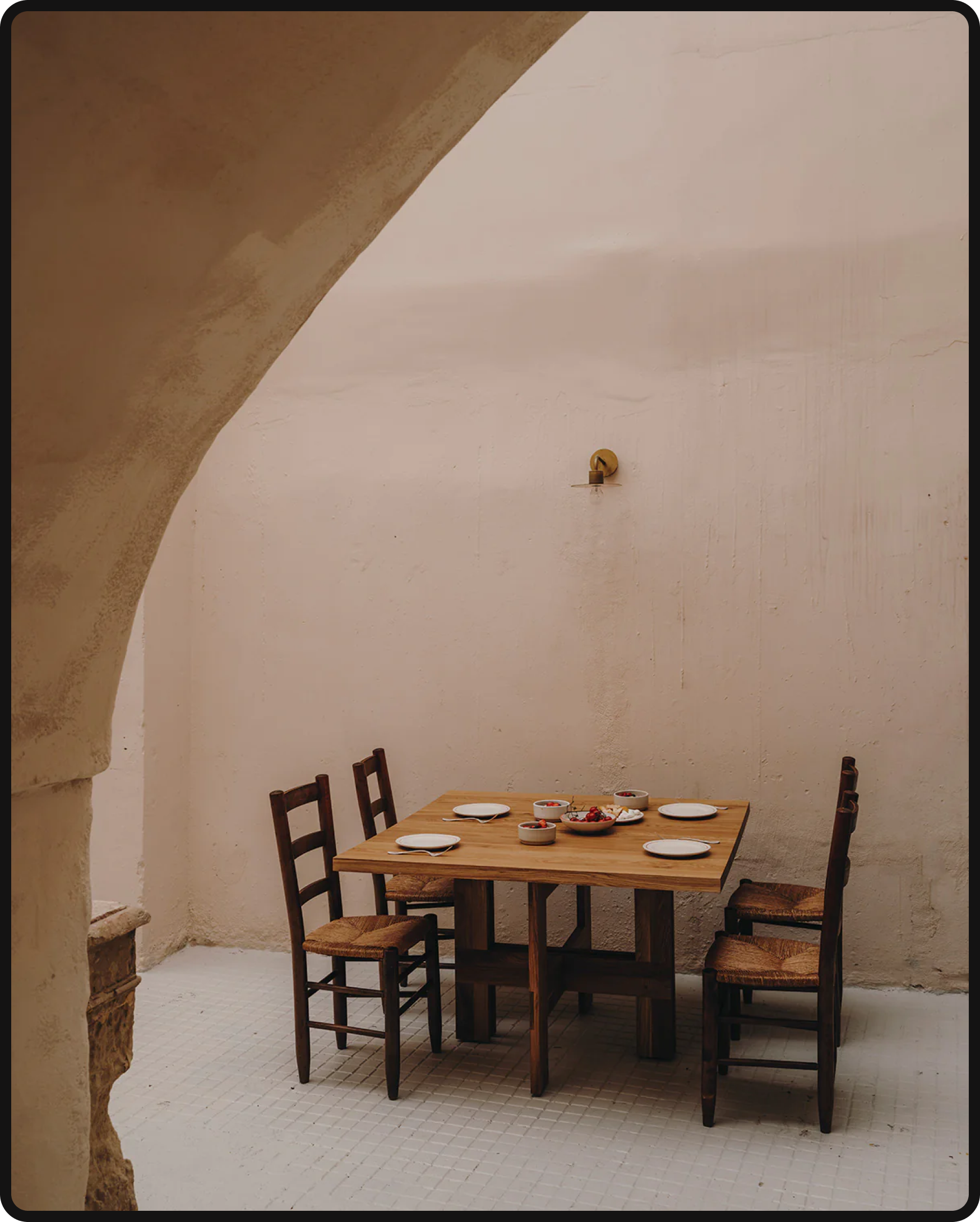
Experiential marketing
Rather than reaching users through their one-way ad communications, experiential marketing invites consumers to be an active part of the brand’s story. It’s about crafting events, installations, or moments that captivate the senses, evoke emotions, and spark conversations — and consequently positive word-of-mouth. These experiences could be anything from pop-up stores, to interactive booths at events, to immersive product demonstrations.
Alo Yoga is setting the standard for how luxury brands should be utilizing experiential marketing to acquire and retain customers, especially during a time when so many brand experiences are now digitally native and, hence, are limited by a competitive attention economy. While many experiential initiatives in marketing tend to revolve around promoting a specific brand or product, Alo Yoga takes a different approach by shifting the focus towards promoting an overall lifestyle of health and wellness.
Instead of solely emphasizing their brand, Alo Yoga aims to guide and engage individuals on their personal journeys towards improved well-being. Their primary objective is to deliver value and support individuals in their development, so that they buy into becoming part of a loyal community of brand advocates that share the Alo’s brand ethos of health, wellness and personal growth.
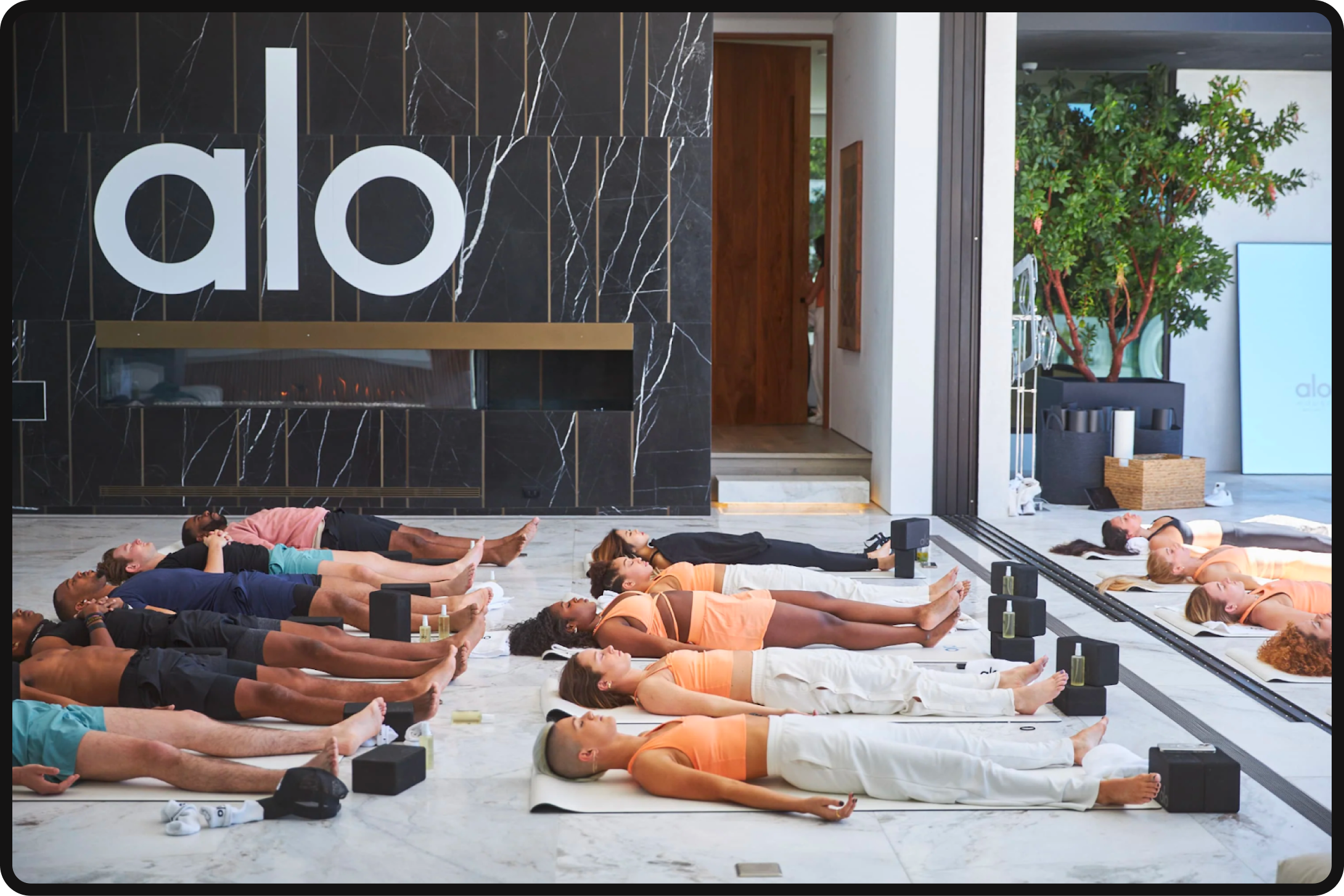
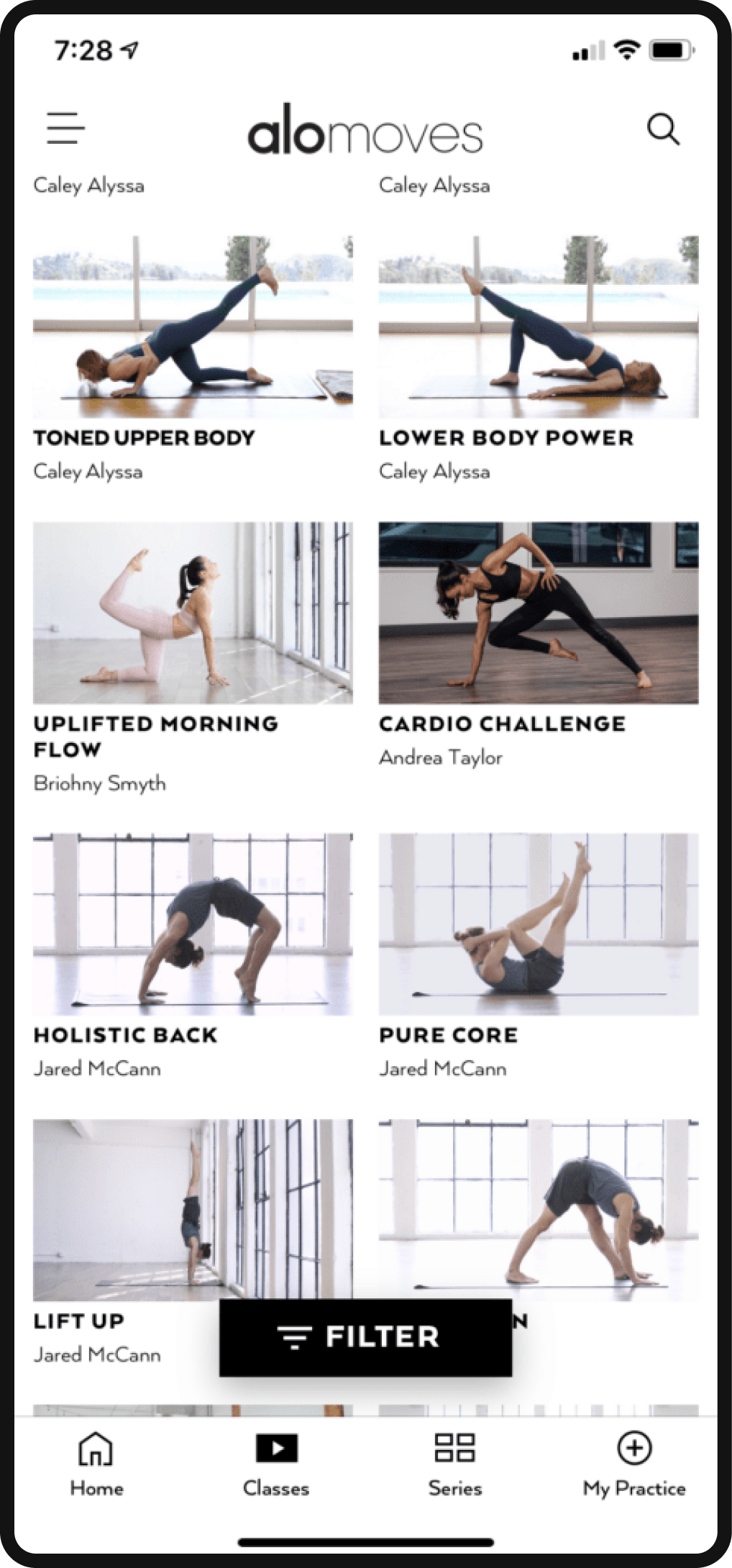
The fusion of Alo Yoga’s premium clothing line with the immersive experiences offered at Alo Studios and Alo Moves have become a cornerstone of their brand promotion strategy. These meticulously designed, serene spaces and classes not only serve as hubs for yoga enthusiasts but also as living, breathing extensions of the brand’s ethos. By offering a diverse array of yoga classes, workshops, and events led by renowned instructors, Alo Studios creates an intimate setting where individuals can authentically engage with the brand.
The strategy is simple yet powerful: immerse participants in a space that embodies the essence of Alo Yoga, forging an emotional connection that transcends mere product marketing. Moreover, these in-person experiences serve as fertile ground for user-generated content, amplifying the brand’s reach through organic social sharing and word-of-mouth promotion.
Loyalty & membership
The Oura Ring, known for its sleek design and cutting-edge health monitoring features, has strategically utilized membership marketing to foster loyal customers and position itself as a luxury brand in the wearable technology market. By introducing an exclusive membership program, Oura has created a community-centered approach that goes beyond a mere product purchase. Through this program, users gain access to personalized insights, expert guidance, and a sense of belonging to an elite group of health-conscious individuals.
This membership not only amplifies the user experience but also creates a sense of prestige and exclusivity, reinforcing the brand’s luxury positioning. By nurturing a dedicated community, Oura cultivates long-term relationships with its customers, encouraging brand advocacy and word-of-mouth marketing. The emphasis on personalized wellness and the sense of belonging to an exclusive circle elevates the Oura Ring from a mere wearable gadget to a lifestyle choice, solidifying its status as a premium brand in the competitive market of health-centric wearables.
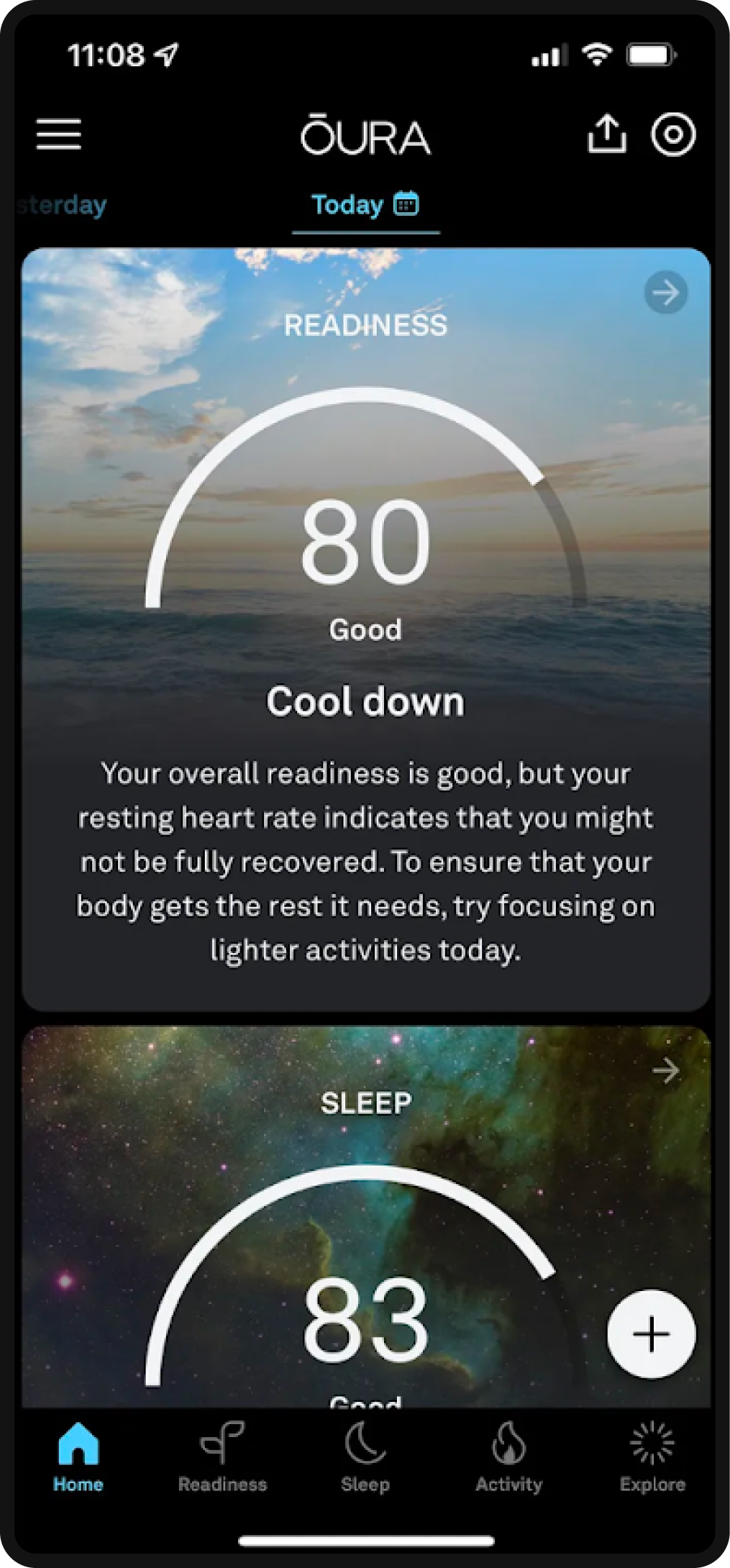
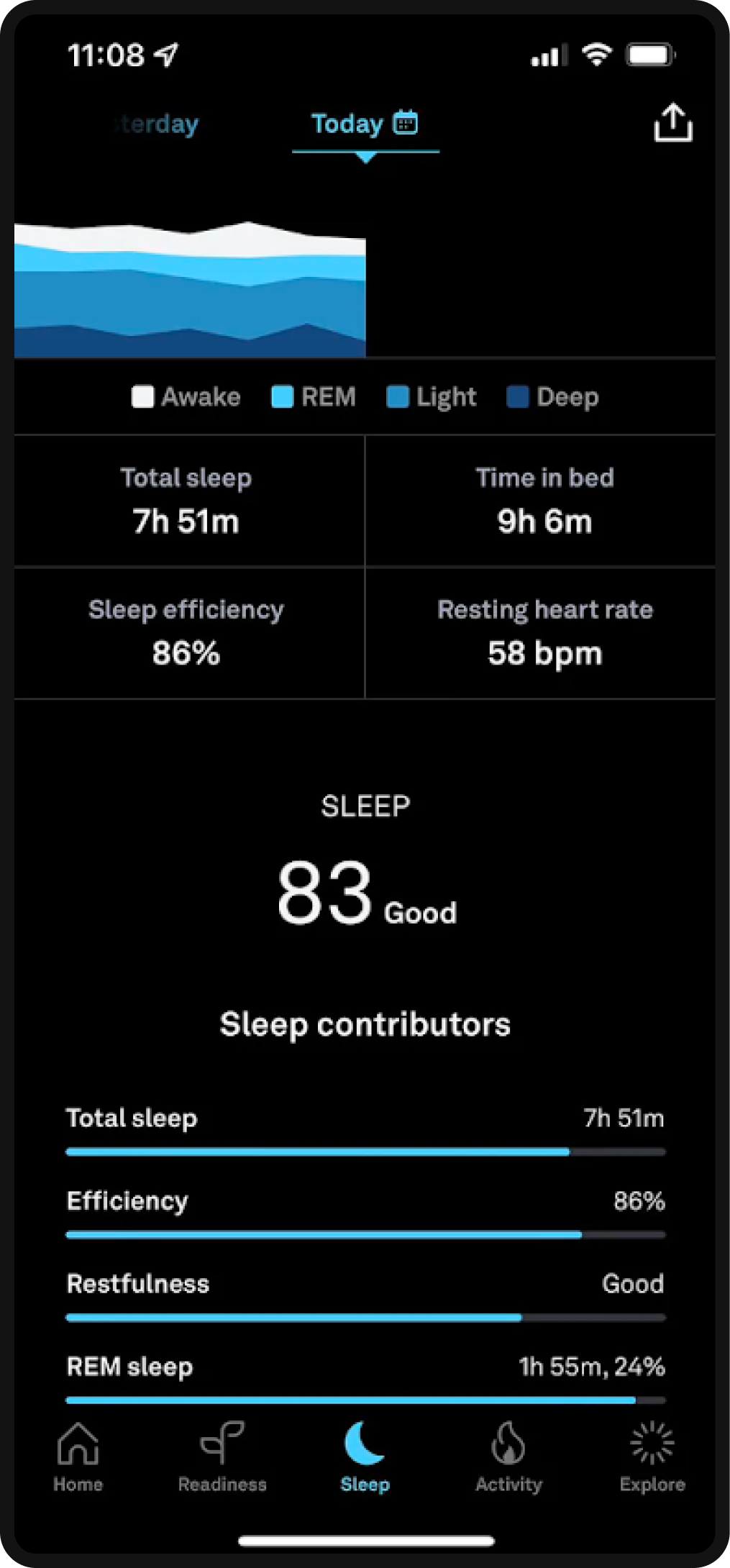
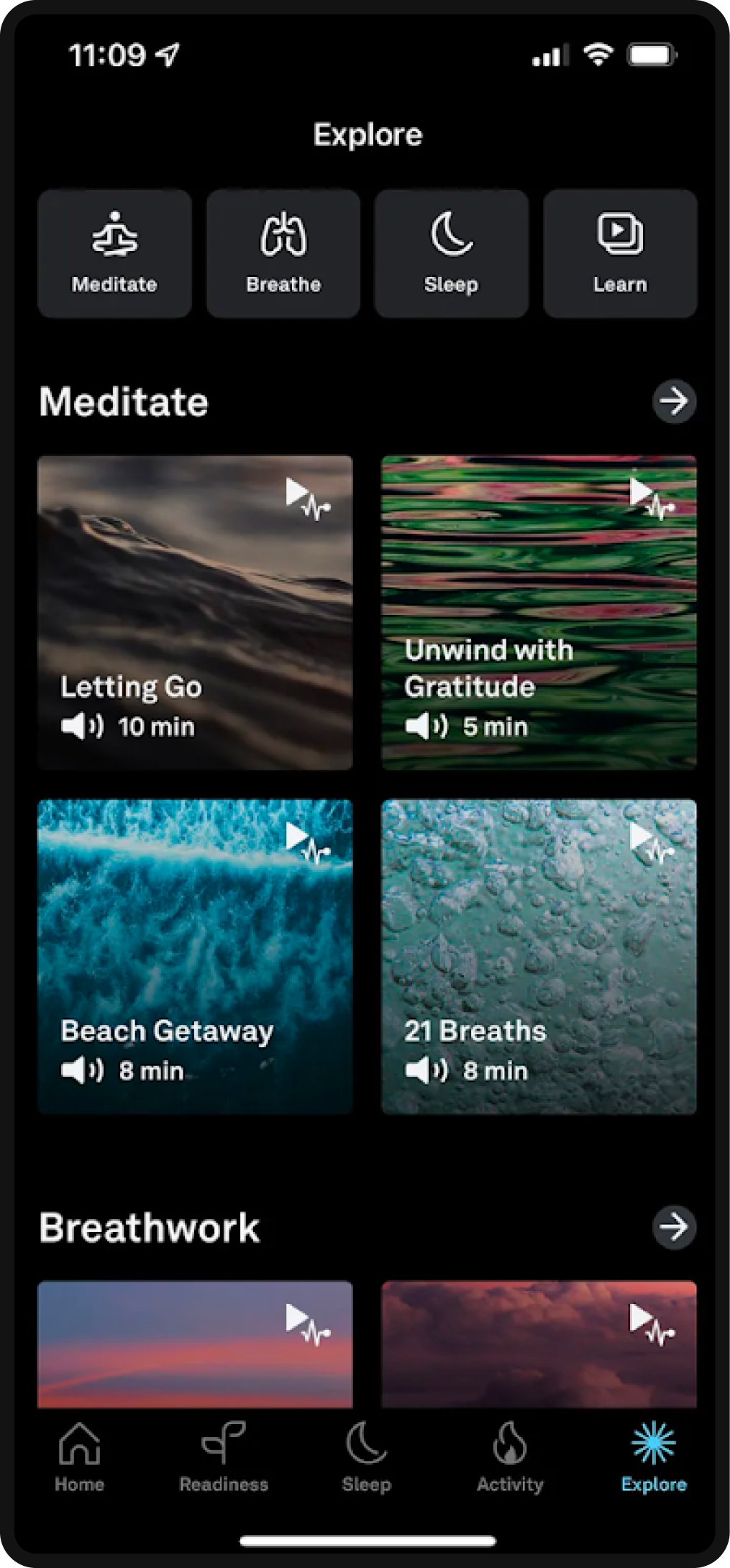
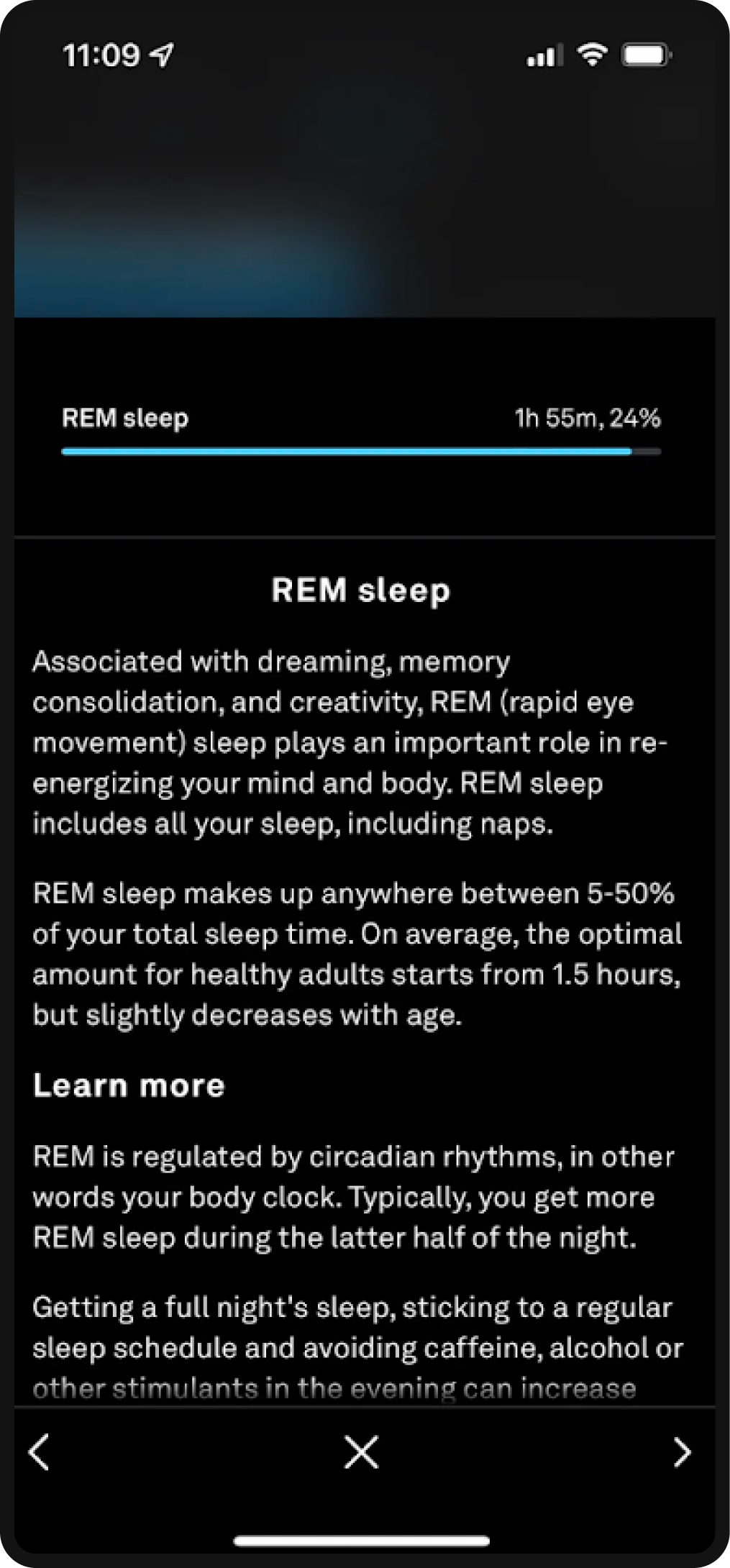
Challenges of luxury brand marketing
The shift to eCommerce and online accessibility
The landscape of luxury brand marketing faces a significant challenge amidst the surge of ecommerce, mobile shopping, and social commerce. Traditionally, luxury brands have relied on exclusivity, in-store experiences, and impeccable customer service to maintain their prestigious allure. However, the digital revolution has transformed consumer behavior, compelling luxury brands to navigate the online sphere while preserving their aura of exclusivity. The rise of ecommerce platforms has made luxury goods more accessible, challenging the notion of exclusivity.
Additionally, mobile shopping and social commerce have blurred the lines between aspiration and accessibility, enabling consumers to engage with luxury brands through social media influencers and peer recommendations. Luxury marketers are tasked with striking a delicate balance: embracing digital channels to reach a broader audience while preserving the brand’s mystique and desirability. Successful strategies now involve crafting immersive online experiences, leveraging social media to engage with discerning customers, and maintaining a sense of scarcity and uniqueness in a digital marketplace flooded with options. This shift demands a strategic adaptation from luxury brands, redefining their approach to marketing to retain their elite status while embracing the evolving landscape of digital commerce.
This is a particular challenge for Aesop, given that so much of their brand marketing strategy relies on their physical retail stores and their physical presence in high-end establishments. To tackle the challenge of maintaining its exclusive appeal in the digital landscape while staying true to its brand ethos, Aesop has implemented a multifaceted approach. Embracing the digital sphere without compromising its essence, the brand has focused on creating an online experience that mirrors the sophistication of its physical stores. Aesop’s website isn’t just an e-commerce platform; it’s a digital storytelling canvas that embodies the brand’s commitment to craftsmanship and attention to detail.
Through engaging content, insightful blog posts, and visually appealing product presentations, Aesop strives to replicate immersive in-store encounters within a virtual environment. Additionally, the brand has ventured into personalized online consultations, offering tailored skincare recommendations and advice akin to the individualized experiences provided in-store. By integrating these elements, Aesop endeavors to bridge the gap between the tangible luxury of their brick-and-mortar stores and the convenience of digital accessibility, ensuring that their online presence resonates with the exclusivity and sophistication synonymous with the brand.
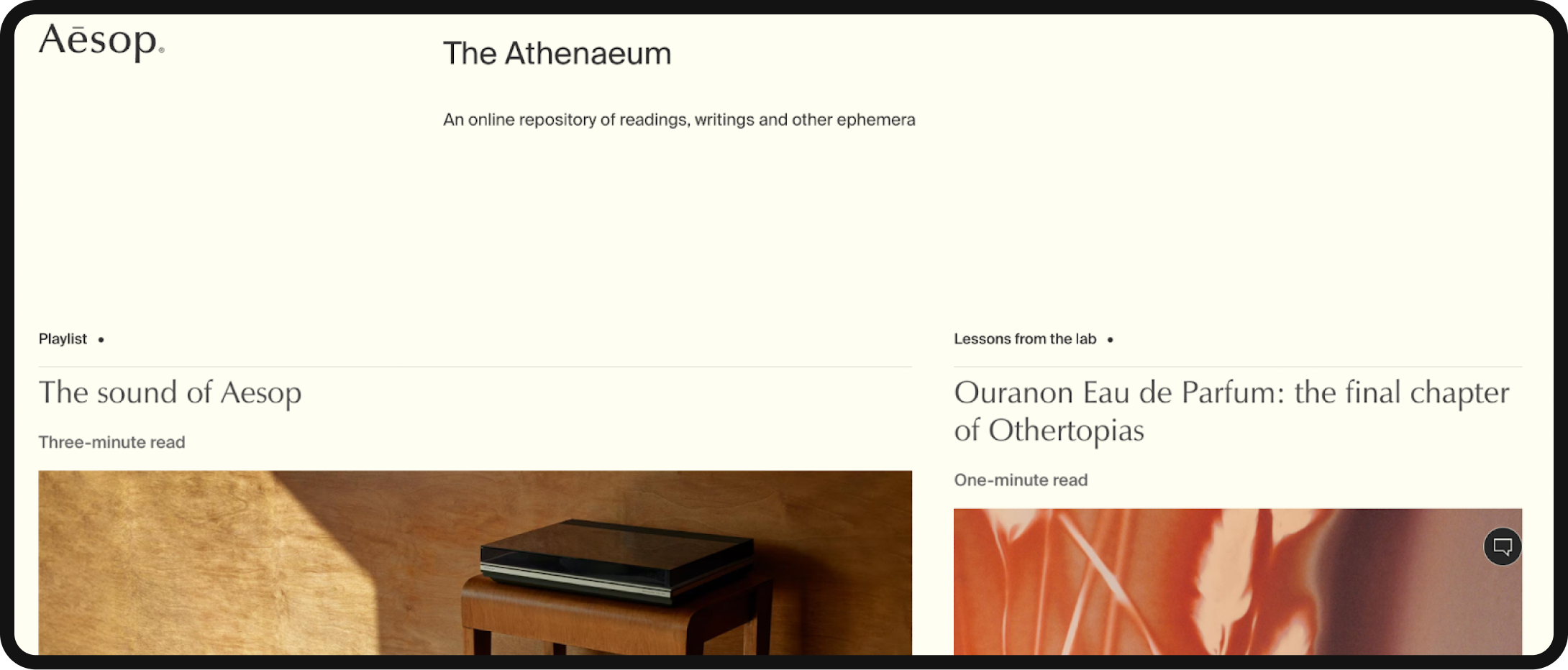
Balancing heritage and innovation
The evolving landscape of luxury brand marketing grapples with a delicate equilibrium between preserving heritage and embracing innovation, especially in the era of burgeoning technologies like Augmented Reality (AR), Virtual Reality (VR), and Artificial Intelligence (AI). Luxury brands, often rooted in history and craftsmanship, face the challenge of maintaining their legacy while adapting to the rapidly changing technological landscape. Balancing heritage entails safeguarding time-honored traditions and craftsmanship that define these brands’ authenticity and exclusivity.
Conversely, integrating cutting-edge technologies like AR, VR, and AI offers novel avenues for immersive storytelling, personalized experiences, and heightened engagement with tech-savvy consumers. Luxury marketers walk a tightrope, aiming to leverage these technologies to enhance customer experiences without diluting the brand’s heritage or perceived value. The challenge lies in seamlessly integrating innovation to complement the brand’s legacy, evoking a sense of enchantment and exclusivity while staying relevant in an era driven by digital transformation.
Burberry’s AR shopping tool, developed in collaboration with Google Search technology, represents a groundbreaking advancement in the luxury retail space. Integrated within Google Search, this tool allows users to explore a curated selection of Burberry products directly through their mobile devices. Customers can access the AR experience by searching for specific Burberry items using Google on their smartphones. Once selected, they have the option to view these products in augmented reality, leveraging their device’s camera to virtually try on clothing items, accessories, or eyewear.
This innovative feature offers an immersive and interactive way for potential customers to visualize how Burberry’s signature pieces fit and complement their style within their own environment. The AR tool’s precision and realistic rendering help bridge the gap between online and in-store shopping, providing a seamless and personalized experience while aligning with Burberry’s commitment to craftsmanship and quality. This forward-thinking approach not only showcases Burberry’s dedication to leveraging cutting-edge technology but also underscores the brand’s ability to adapt to changing consumer preferences, establishing a compelling synergy between heritage and innovation in luxury brand marketing.
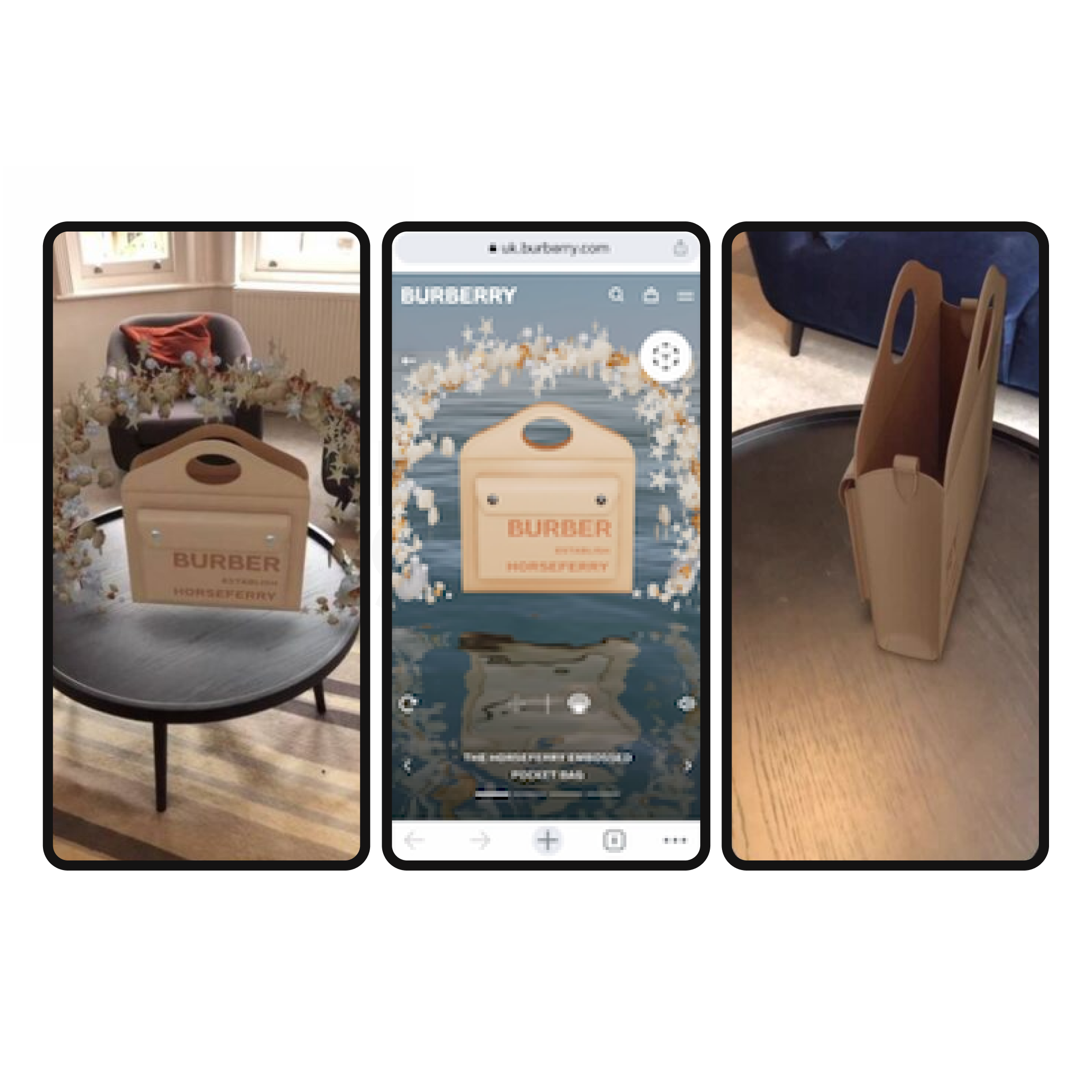
Adapting to emerging channels (and worlds)
Luxury brand marketing faces an intriguing challenge when confronted with the emergence of novel marketing channels like TikTok shopping and virtual shopping in the metaverse. These innovative platforms revolutionize the consumer experience, blurring the lines between the physical and digital worlds. TikTok shopping, with its short-form, engaging content and seamless purchasing capabilities, demands luxury brands to condense their narratives into captivating and concise formats, challenging the traditional drawn-out storytelling approach. Similarly, the concept of metaverse shopping introduces an entirely new dimension, allowing consumers to explore immersive virtual environments and make purchases within these digital realms.
Luxury brands have begun to experiment with the metaverse in innovative ways, pushing the boundaries of traditional marketing. For instance, fashion house Gucci partnered with Roblox, a popular online gaming platform, to create a virtual Gucci Garden experience within the metaverse. Users could explore this digital space, interact with Gucci products, and even purchase exclusive virtual items, bridging the gap between real-world luxury and the virtual realm. Additionally, luxury automotive brand Lamborghini introduced the “Lamborghini Island” in the virtual world of Decentraland, allowing users to explore and engage with the brand’s vehicles in a futuristic digital landscape.
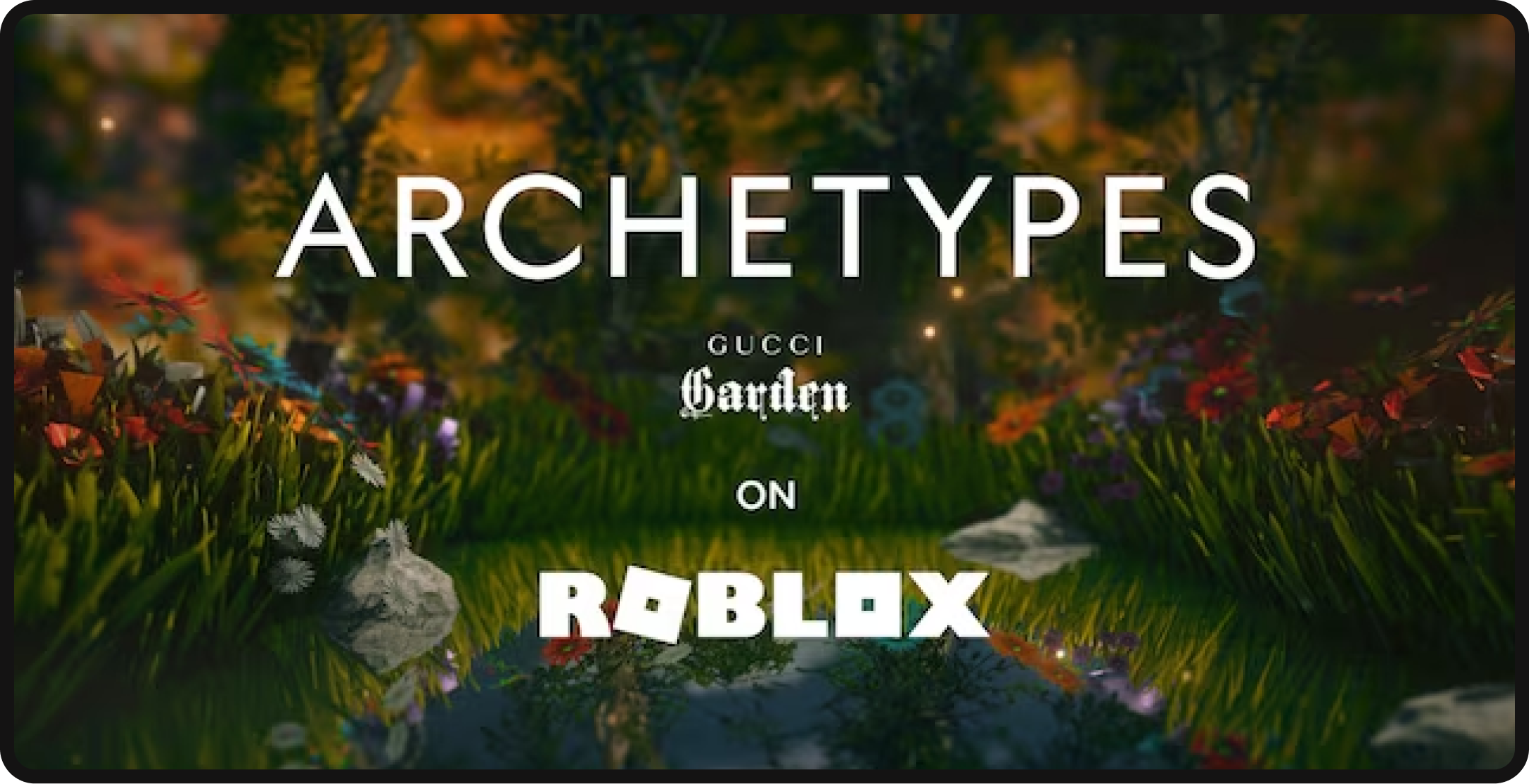
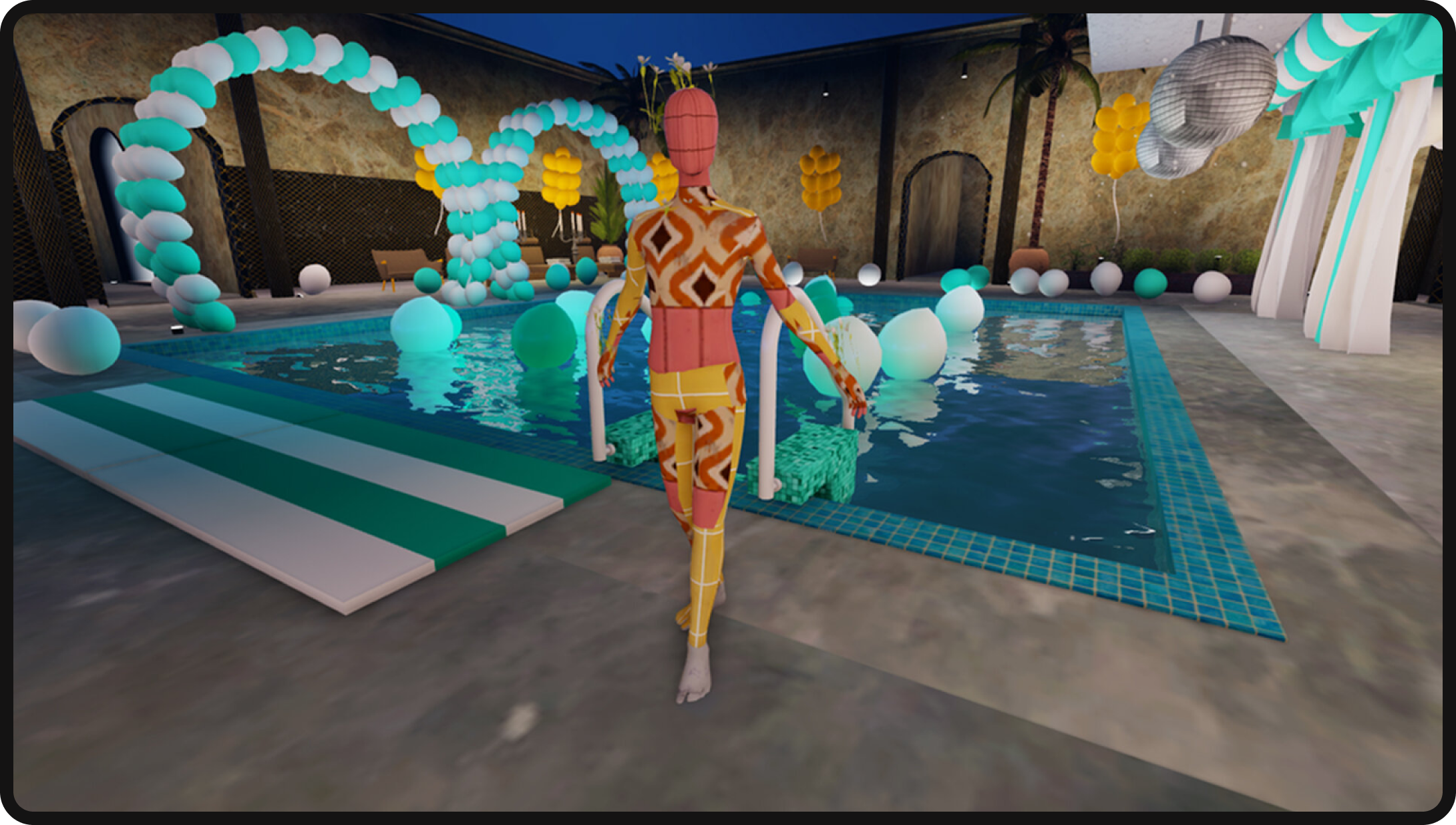
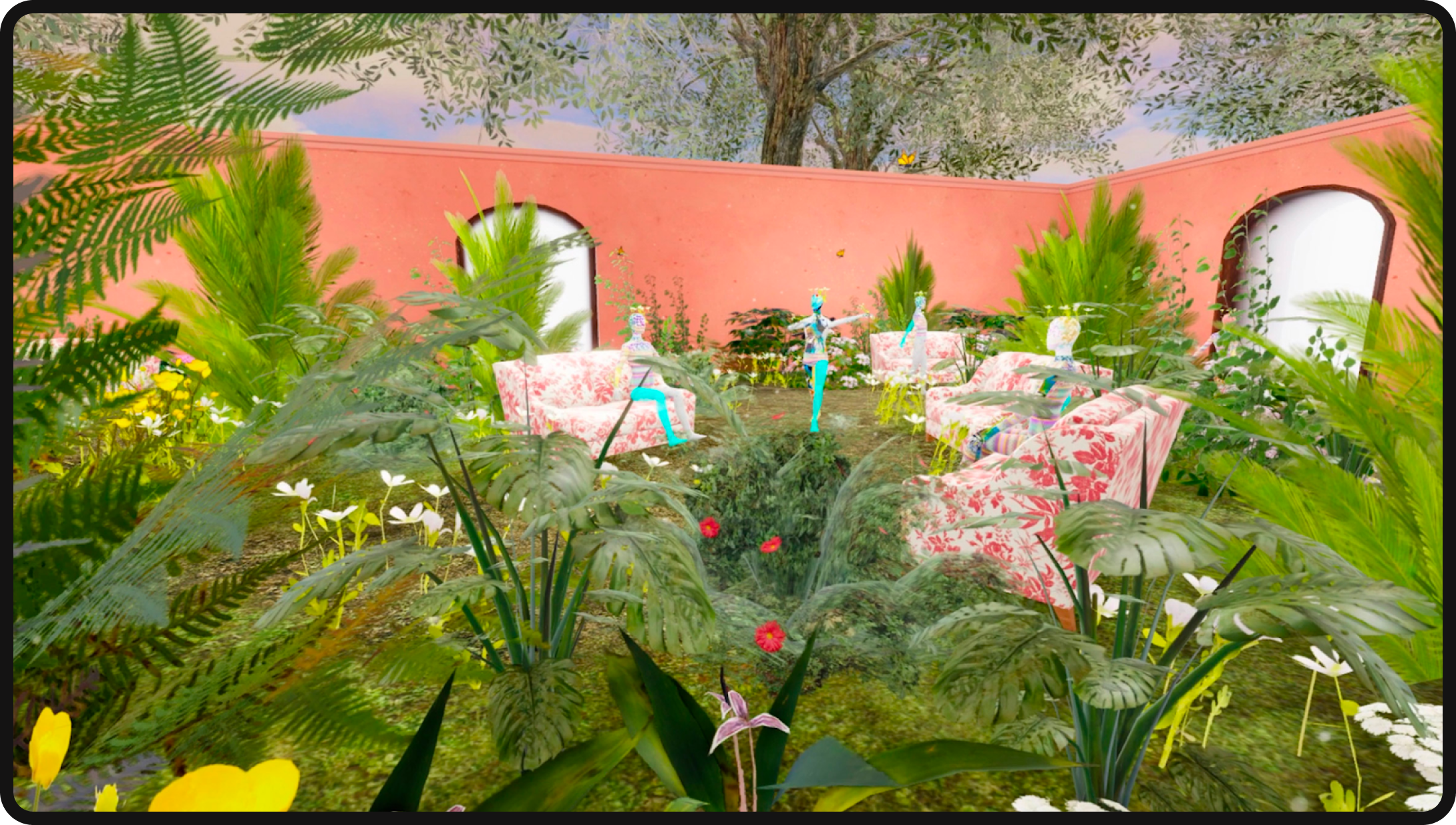
Moreover, fashion brand Balenciaga hosted a virtual fashion show in the metaverse, providing attendees with an immersive experience to view and interact with the latest collections in a digital environment. Meanwhile, luxury watchmaker Omega launched an immersive experience in a virtual museum, showcasing its heritage, craftsmanship, and iconic timepieces to a global audience within the metaverse.
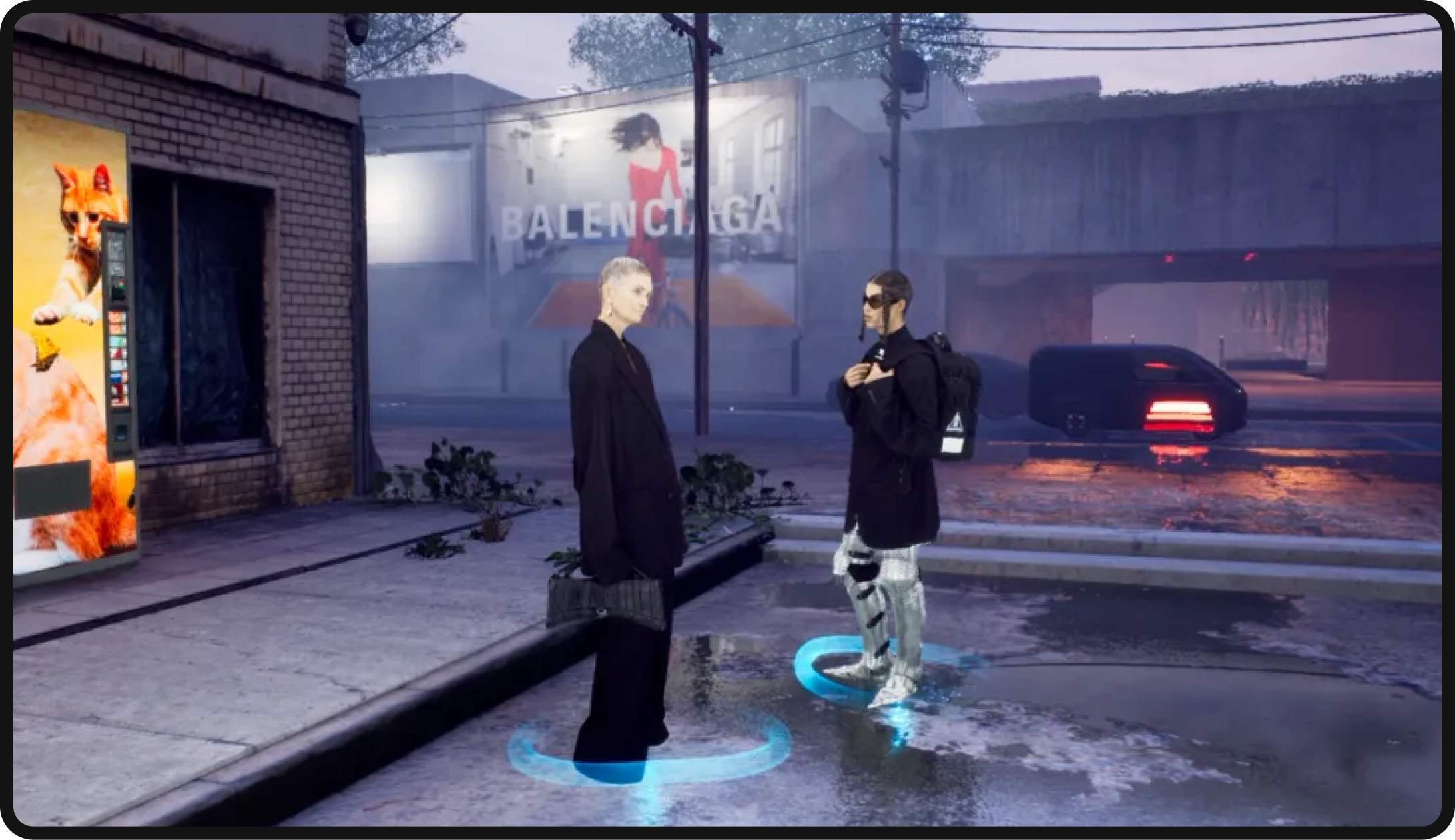
These examples illustrate how luxury brands are embracing the metaverse as a platform to engage consumers in novel and experiential ways. By leveraging virtual spaces, these brands are creating exclusive environments that transcend physical limitations, allowing for unique interactions and storytelling that resonate with tech-savvy audiences. The metaverse presents an exciting avenue for luxury brands to redefine luxury marketing, blending innovation with the timeless appeal of luxury to captivate and connect with their audiences in unprecedented ways.
The next phase of luxury brand marketing
The future of luxury brand marketing is poised to be a dynamic intersection of tradition and innovation, seamlessly blending the timeless allure of exclusivity with the evolving demands of a digital-first era. As consumer behaviors continue to shift towards online interactions and experiences, luxury brands must recalibrate their strategies to engage with discerning audiences across multiple touchpoints.
Personalization will reign supreme, with brands leveraging advanced technologies such as AI and data analytics to deliver bespoke, tailored experiences that cater to individual preferences. Augmented reality (AR) and virtual reality (VR) will redefine the concept of immersive luxury, allowing customers to virtually experience products and engage with brands in unprecedented ways. Sustainability and ethical practices will become not only fundamental brand values but also significant marketing differentiators, resonating deeply with conscientious consumers. Moreover, community building through meaningful storytelling and purpose-driven initiatives will be pivotal, fostering emotional connections and brand advocacy.
If you’re up for the challenge, contact us about how we can make your brand come to life.






